
The number one question I receive is: “What is the best ghost town in Nevada?” I can’t pick only one; each ghost town is unique in ruins, history, and visitor experience. Nevada is a vast state, larger than many countries. Over 600 ghost towns cover the state, not including smaller mining camps or other historical sites.
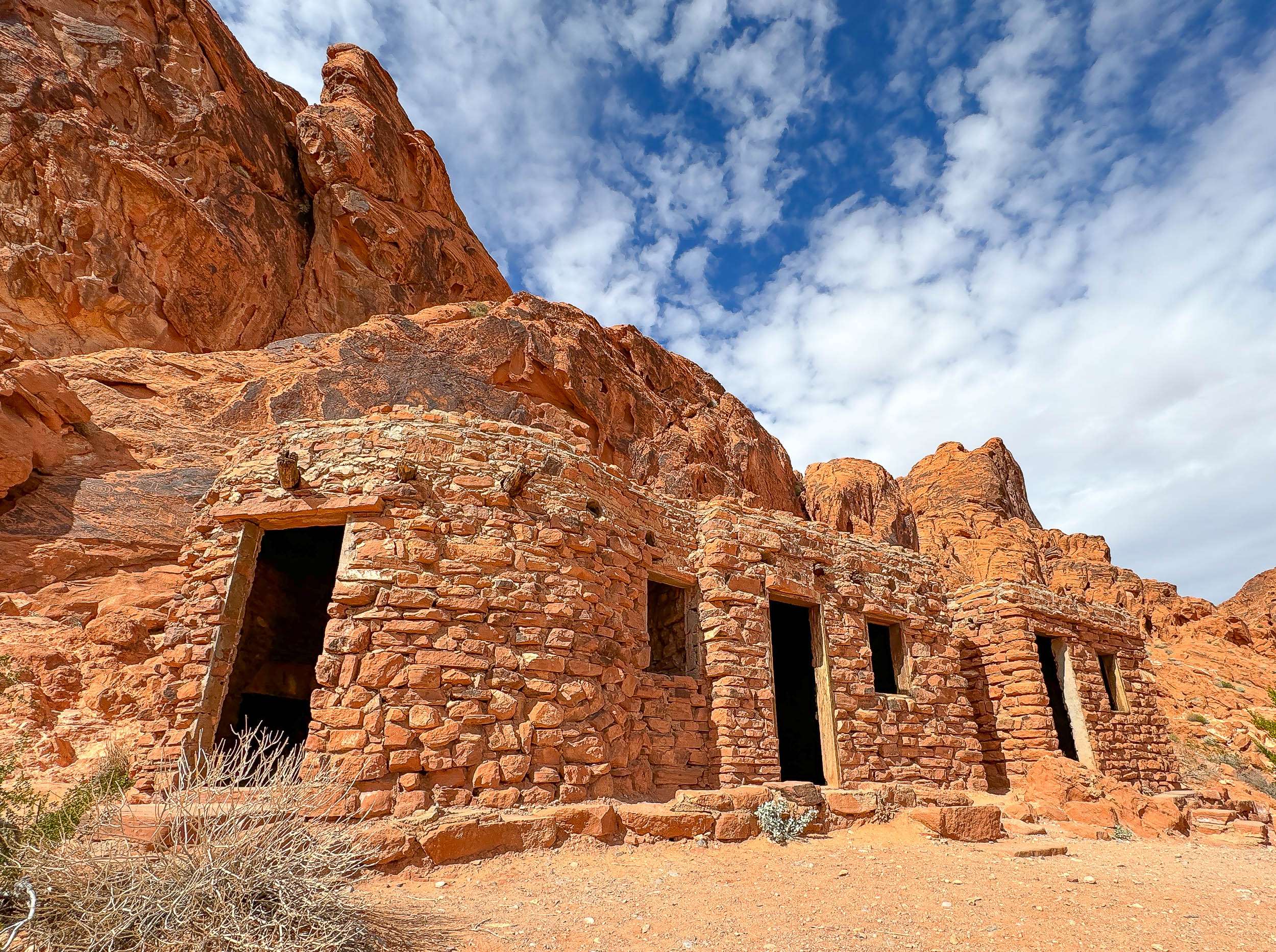
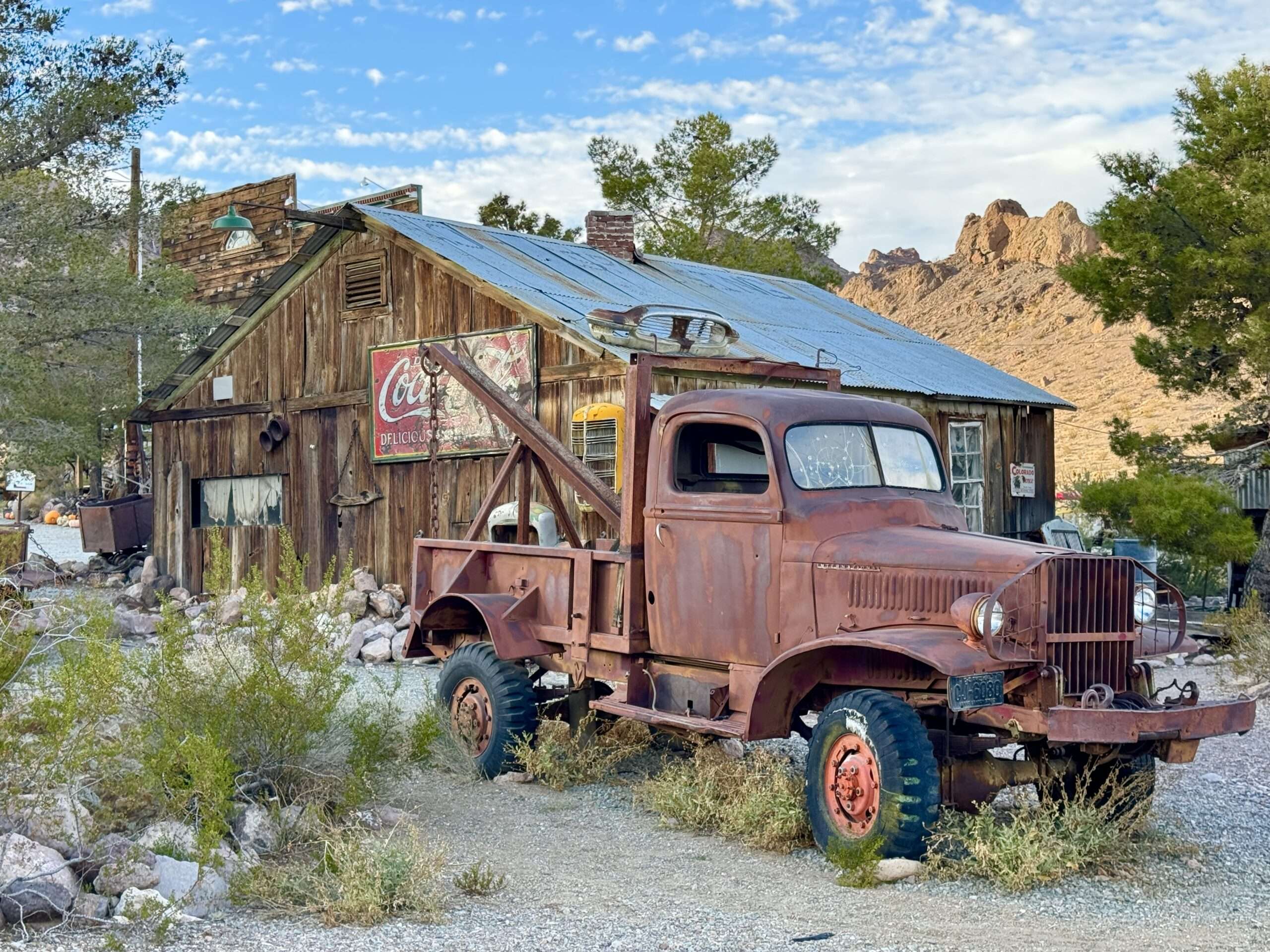

Below are my favorite ghost towns and historical sites in southern Nevada. I suggest these when friends ask me which ghost towns are best. I chose sites with lots to explore, photograph, and do other fun activities in the area. Some locations are well-known because they are amazing, but I also have lesser-known ghost towns.
Each ghost town is within two hours of Las Vegas and has at least one bonus stop: another ghost town, a museum or a funky piece of Nevada history. Blue headings have links to more information about each site.
Nelson & Techatticup Mine
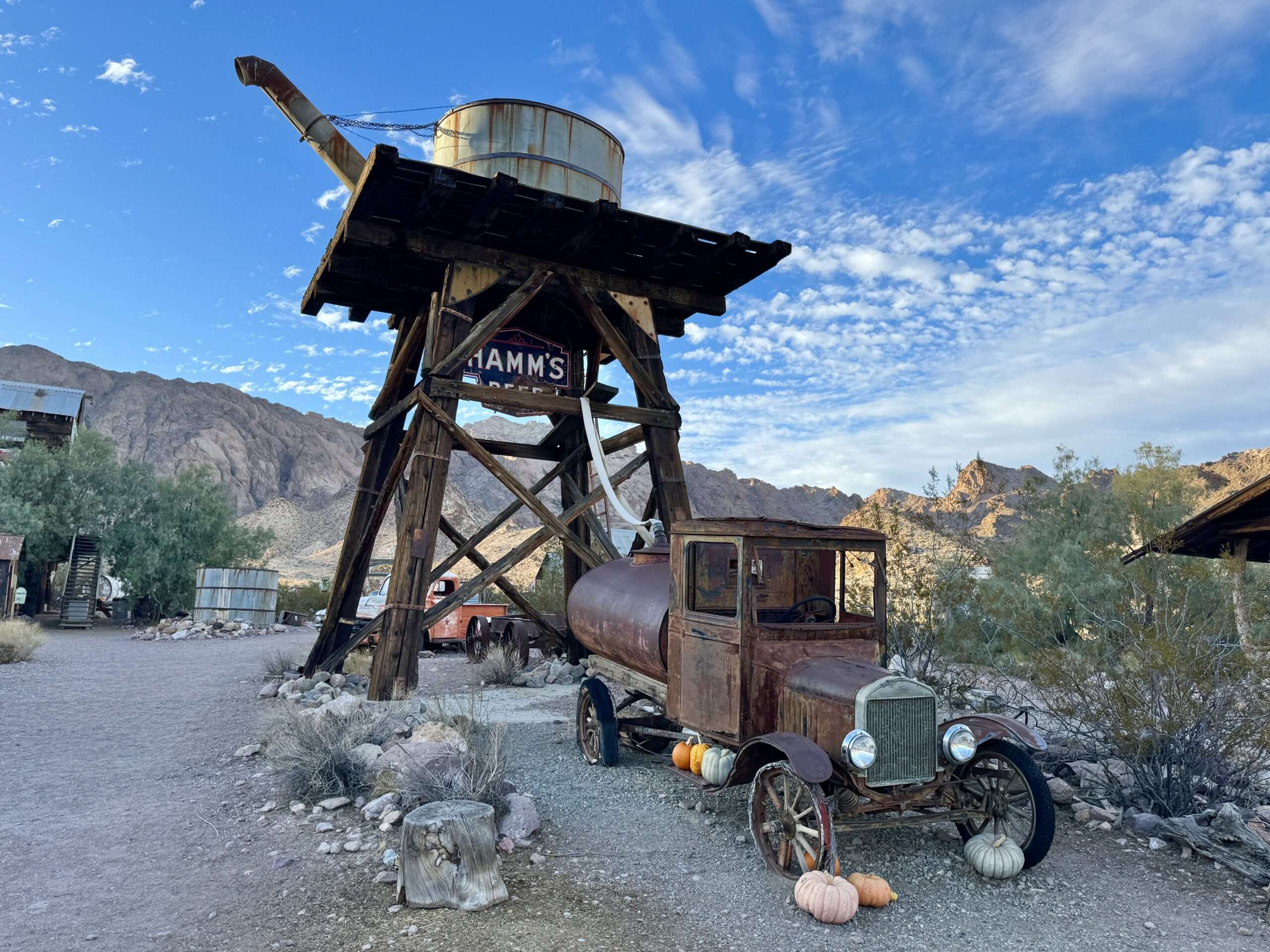
The Wild West lived up to its name in Eldorado Canyon. With the closest law enforcement over 100 miles away, gunfights and murders were a frequent occurrence. The town changed its name to Nelson following the murder of Charles Nelson and four others in 1897.
Nelson is likely the most photogenic ghost town in Nevada. The owners have amassed a collection of buildings, mining equipment, and vehicles and have them arranged as a pleasing open-air museum. Tami’s Tip: Check in first with Nelson Ghost Town at the store. They have a nice museum, and walking around costs only $1, or $10 if you are going to photograph more.

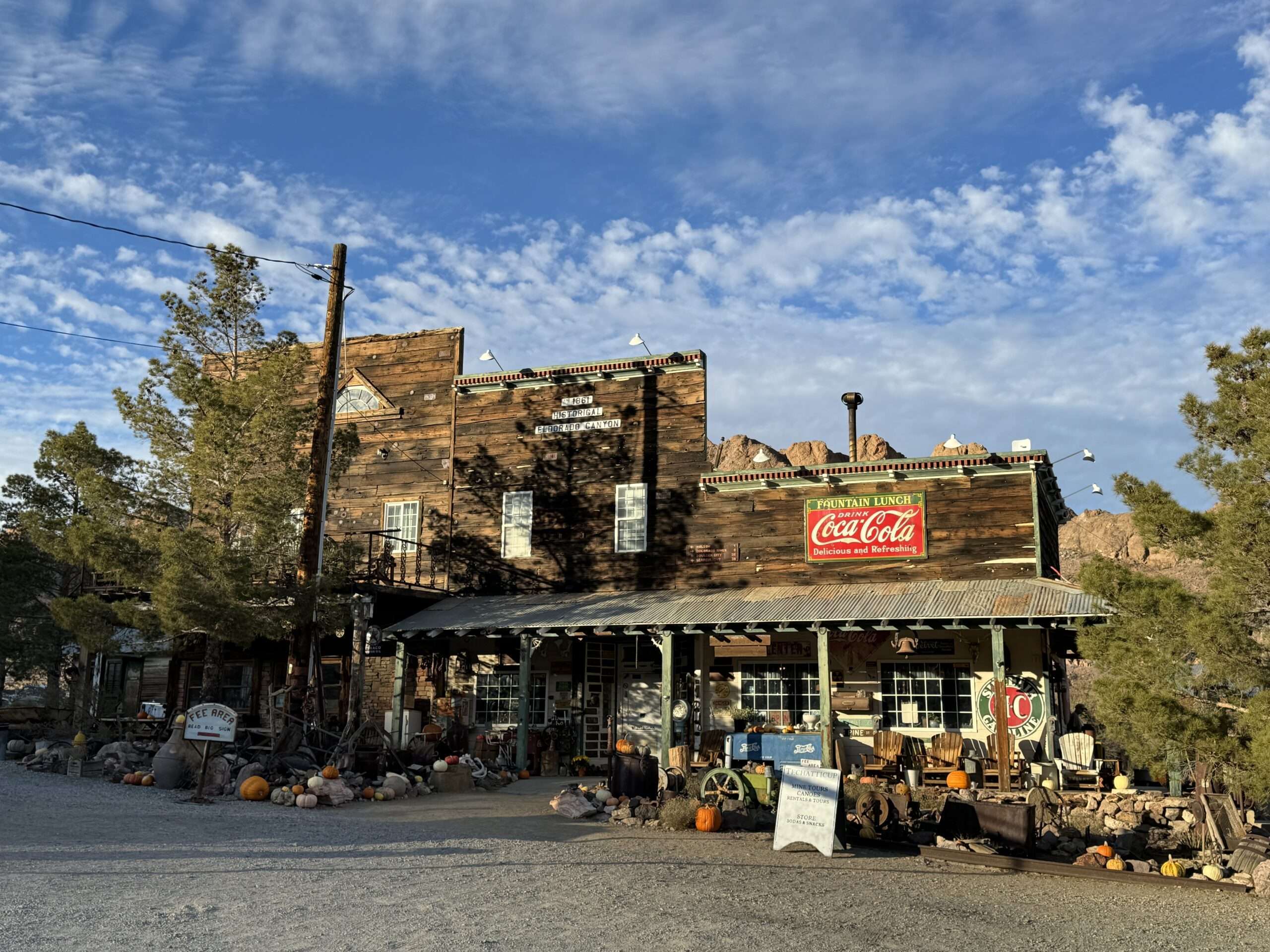

Bonus Stop: Nevada’s Murderous Mummies Cave

Queho is known as “The Mad Indian,” and many consider him Nevada’s first serial murderer. The history of his reported murders is conflicting and includes a murder victim who insisted he was very much still alive. The tale of Queho’s death and the journey of his mummified remains is even more bizarre than his life. It involves legal battles, thievery, display cases and even The Helldorado Days parade.

(Photo credit: UNLV Special Collections)
See if you can locate Queho’s cave along the Colorado River outside Nelson.
Goodsprings
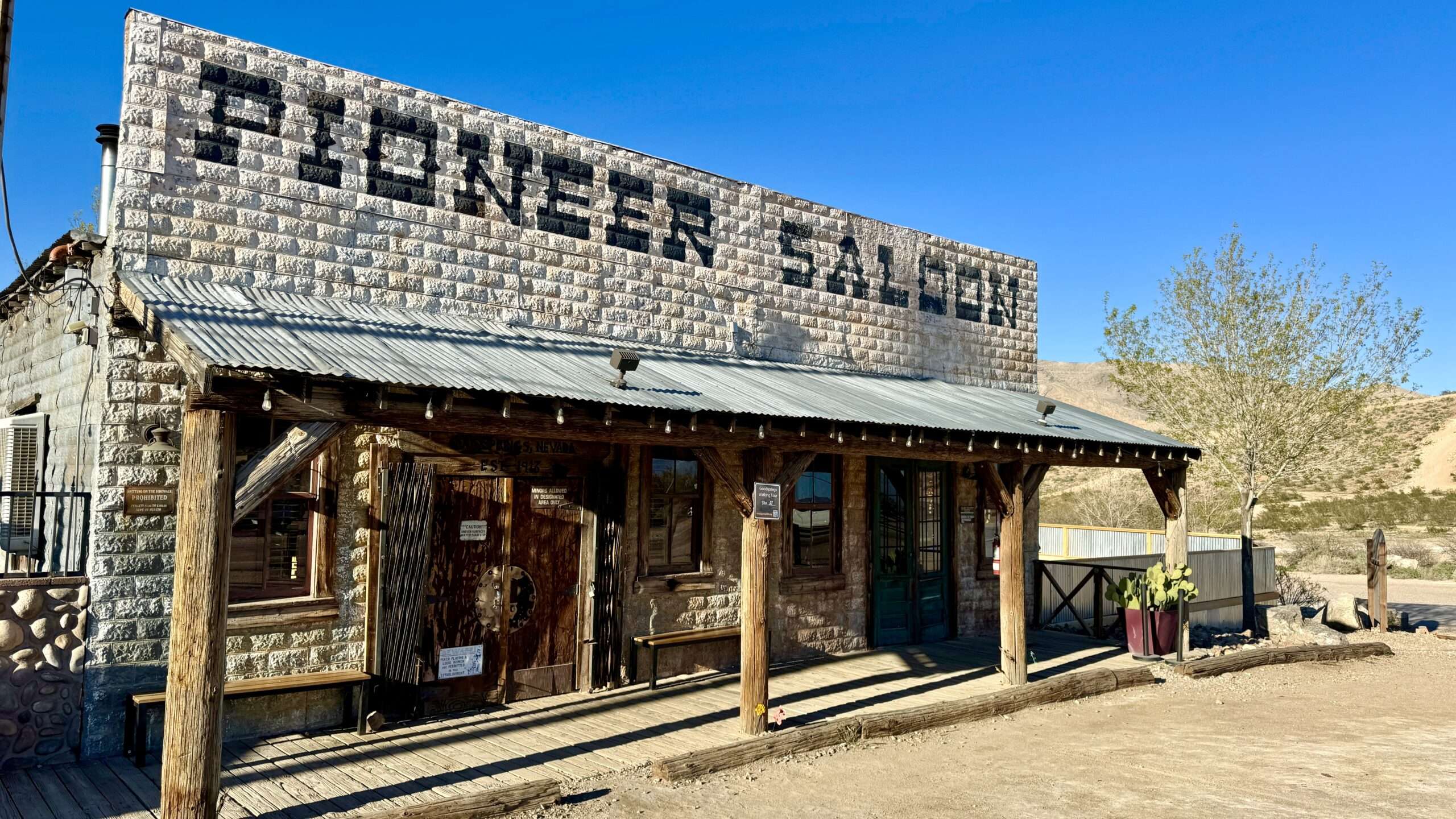
Goodsprings was named for cattle rancher Joseph Good, whose cattle used the spring for water. A town developed and became a supply center for mining activity. Initially tent cabins, in the early 1900s, residents built wood and stone buildings. In 1913, Goodsprings built a new school; it is now the oldest Nevada schoolhouse still in use. Most residents left during WWI and WWII, but a small handful remain making Goodsprings a living ghost town.
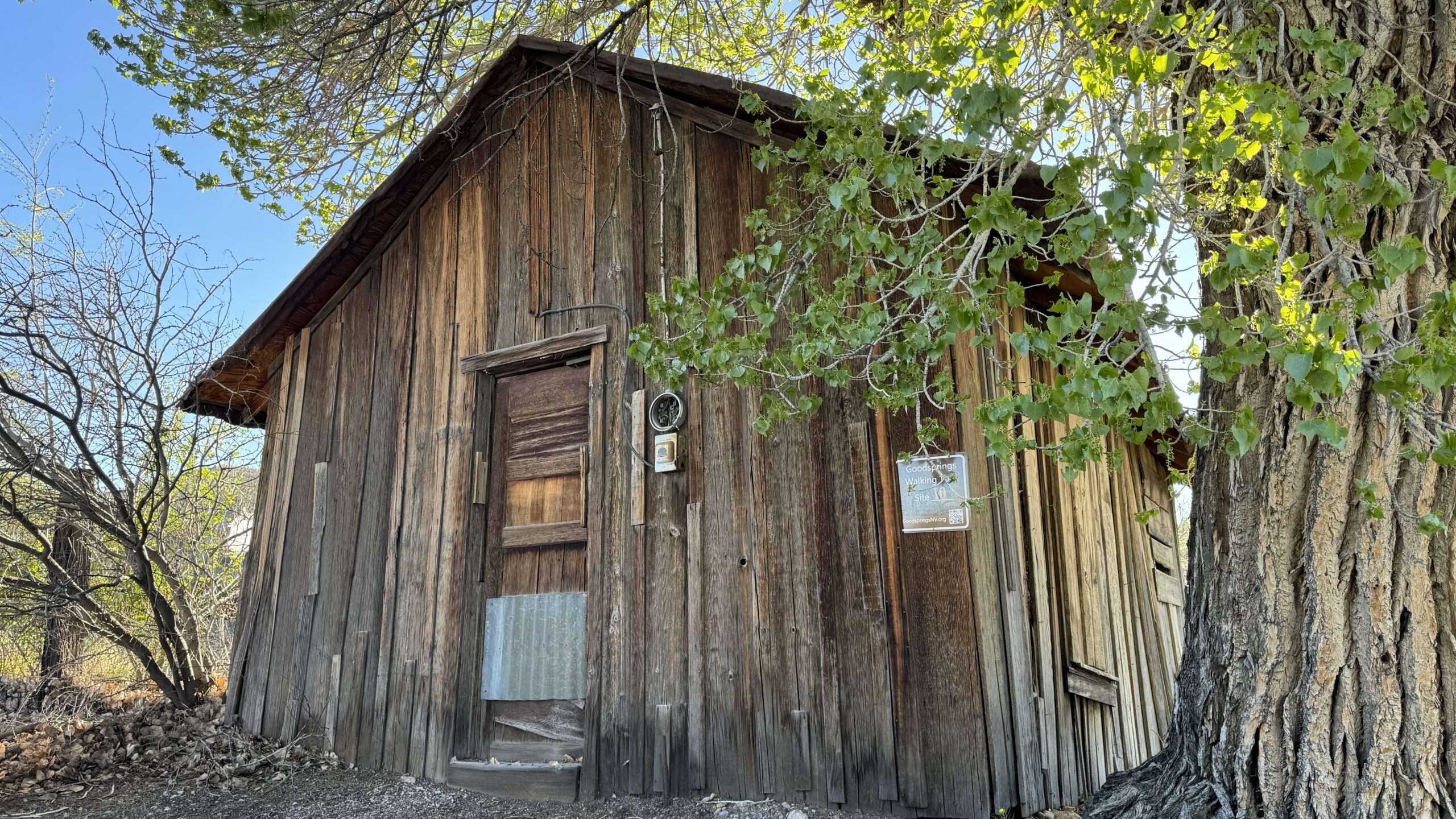
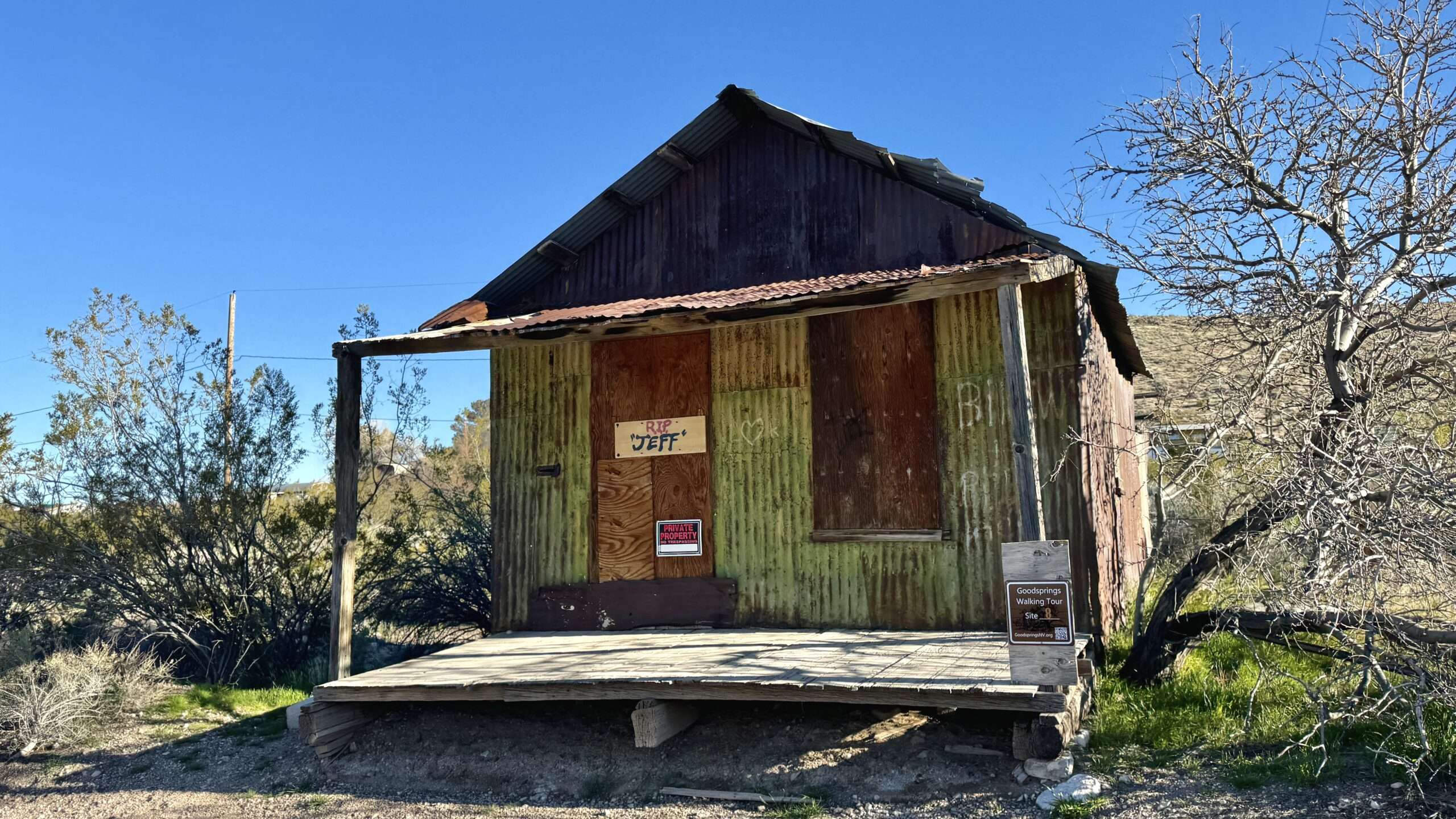

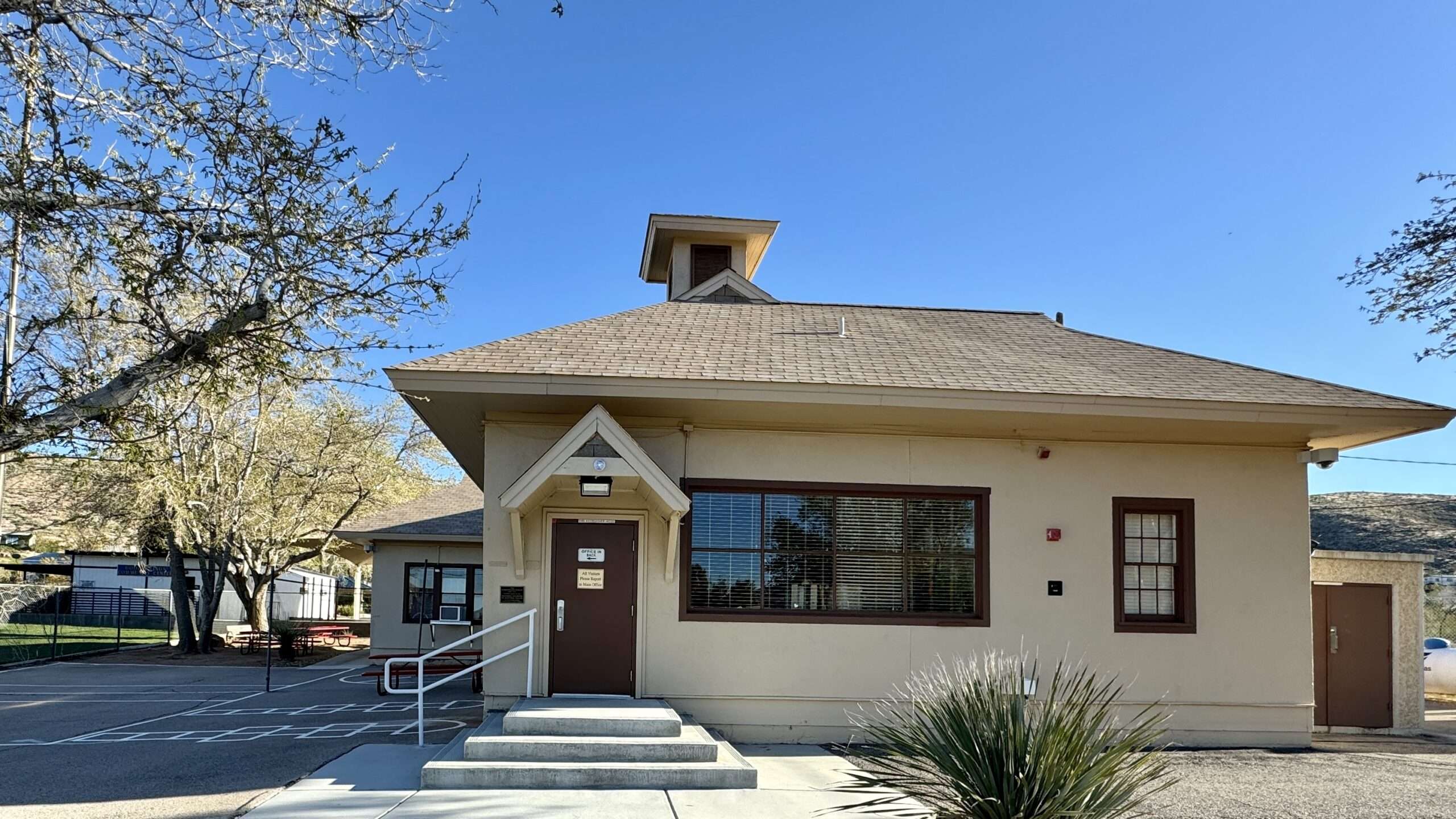
Bonus Stop: Pioneer Saloon
Grab a drink and a bit to eat at the 111-year-old Pioneer Saloon. Look for bullet holes in the wall from a shootout over gambling gone bad and cigarette burns on the bar top from Clark Gable, where he waited for news of his wife’s plane crash into nearby Mt. Potosi.
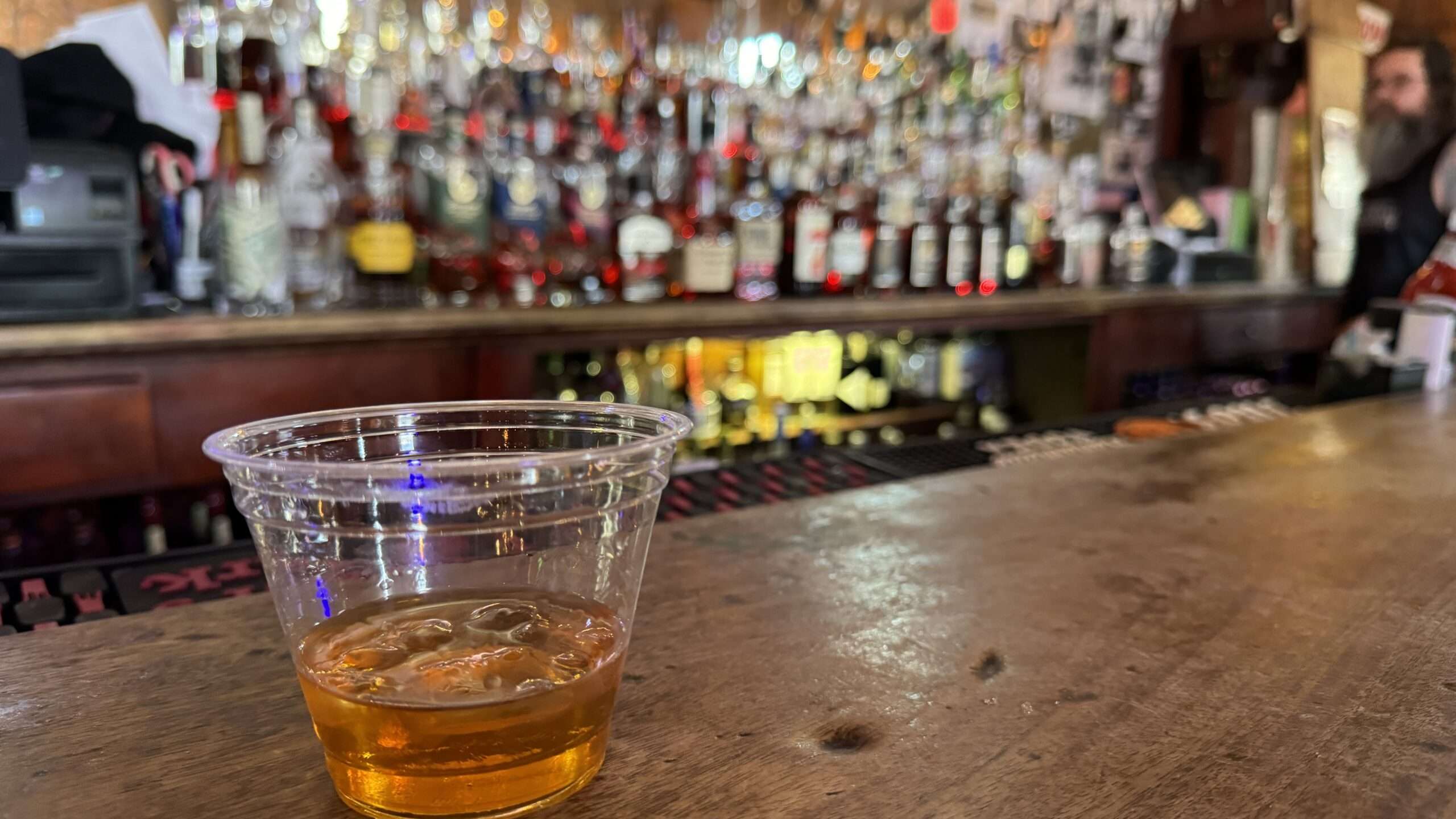
Gold Butte

Prospectors discovered gold at Gold Butte in 1905. A town grew, including stores and a hotel, a brothel, and a post office opened in 1906. Supplies and services were from St. Thomas. Approximately 2,000 people lived in tents around Gold Butte.
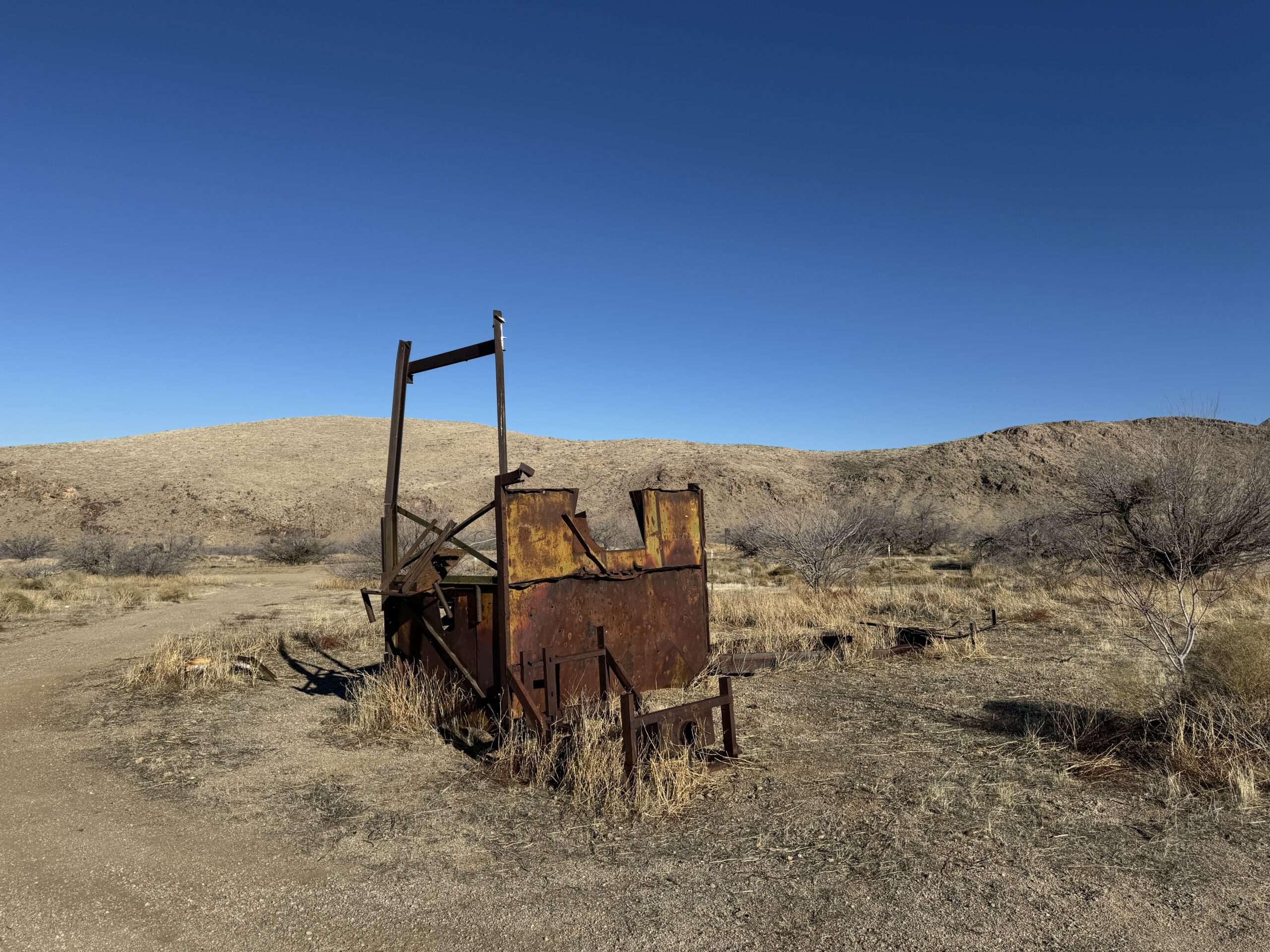

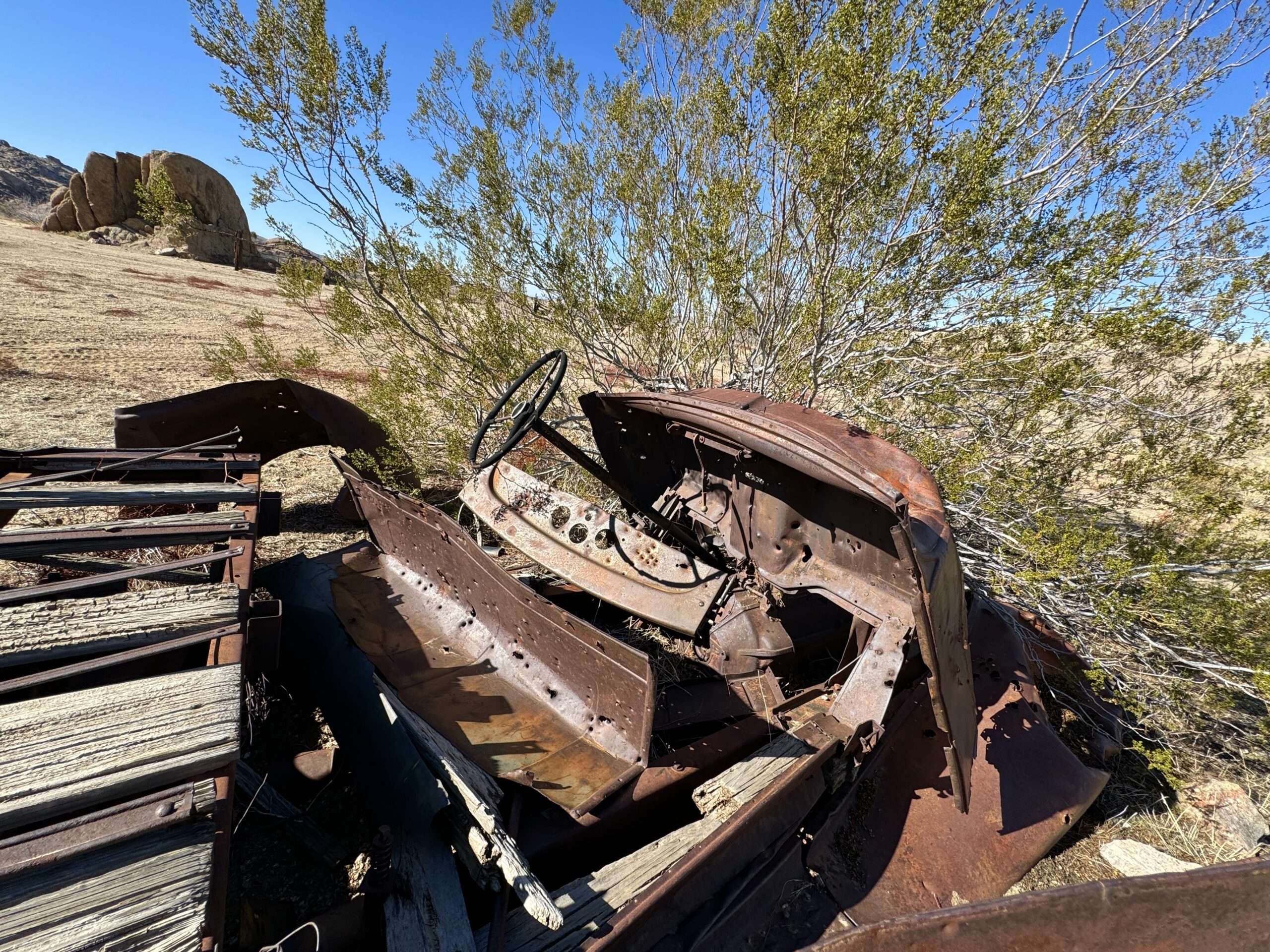
By 1910, most mining had ceased, and the post office closed in 1911. Two prospectors, Bill Garrett and Art Coleman, continued to work the mines. The duo lived in a wooden cabin at Gold Butte for 40 years. They were known as hard-working and honest, inviting travelers in for a home-cooked meal and if they were lucky, a sip of their moonshine.
Tami’s Tip: Fuel up in Mesquite and grab water and food. There are no services once you leave town.
Bonus Stop: Gold Butte National Monument

At Gold Butte National Monument, you can enjoy a variety of history, including geological features, a Civilian Conservation Corps dam and petroglyphs.

Valley of Fire CCC Cabins

Valley of Fire State Park opened in 1934, named after the brilliant red colors at sunset. Although known for its beautiful rock formations and big horned sheep, the park has a wealth of history for visitors to explore.
The CCC cabins were one of the park’s earlier improvements in 1933. They provided a place to spend the night for visitors and motorists on the Arrowhead Trail. The cabins were constructed of local sandstone, approximately 10′ x 10′, each with a unique fireplace. A stove was available outside for meal preparation.
Tami’s Tip: Watch for Desert Big Horned Sheep along the roads. The babies are born in early spring.
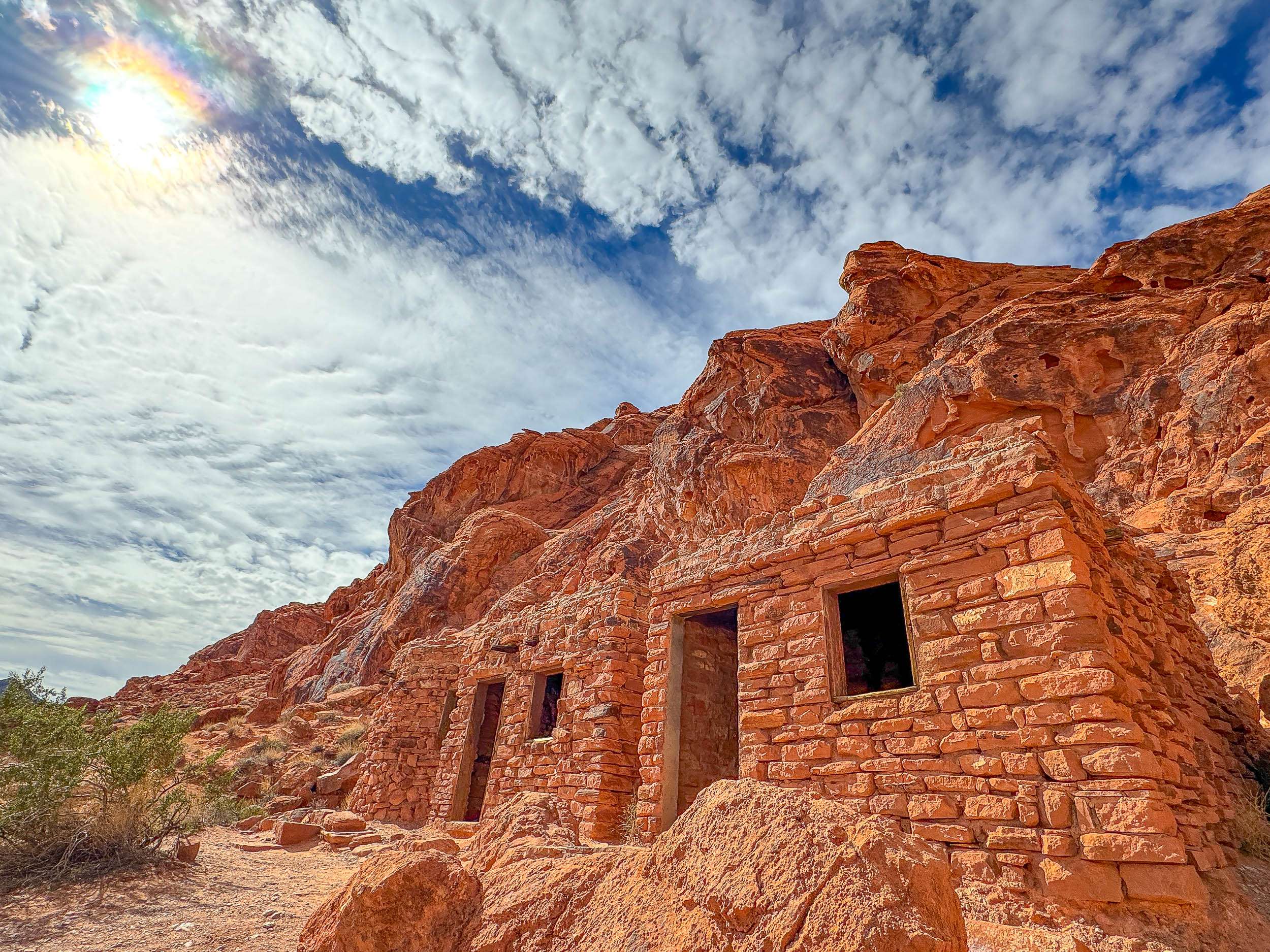

Bonus stop: Civil War veteran’s grave
Not far from the CCC Cabins sits a lone grave. John J. Clark was born in Canada in 1844 and emigrated to the United States. John joined the New York Infantry in 1862 and served in the Civil War, where he was shot in the hand and contracted typhoid fever. He was honorably discharged as a Sergeant in 1863 and moved to California.

In 1915, John set out on a buckboard to traverse the Arrowhead Trail between Bakersfield, California, and Salt Lake City, Utah. Presumably thirsty and searching for water, he tied his horse to the wagon to explore the area. Seeking shade from the hot sun, he crawled under the wagon, where he was found dead several days later, on June 30.
Bonus stop 2: Buena Vista CCC Cabins
See you if you can find Buena Vista, the hidden Valley of Fire CCC Cabins, and the “creative improvement” the men made to the women’s restroom.
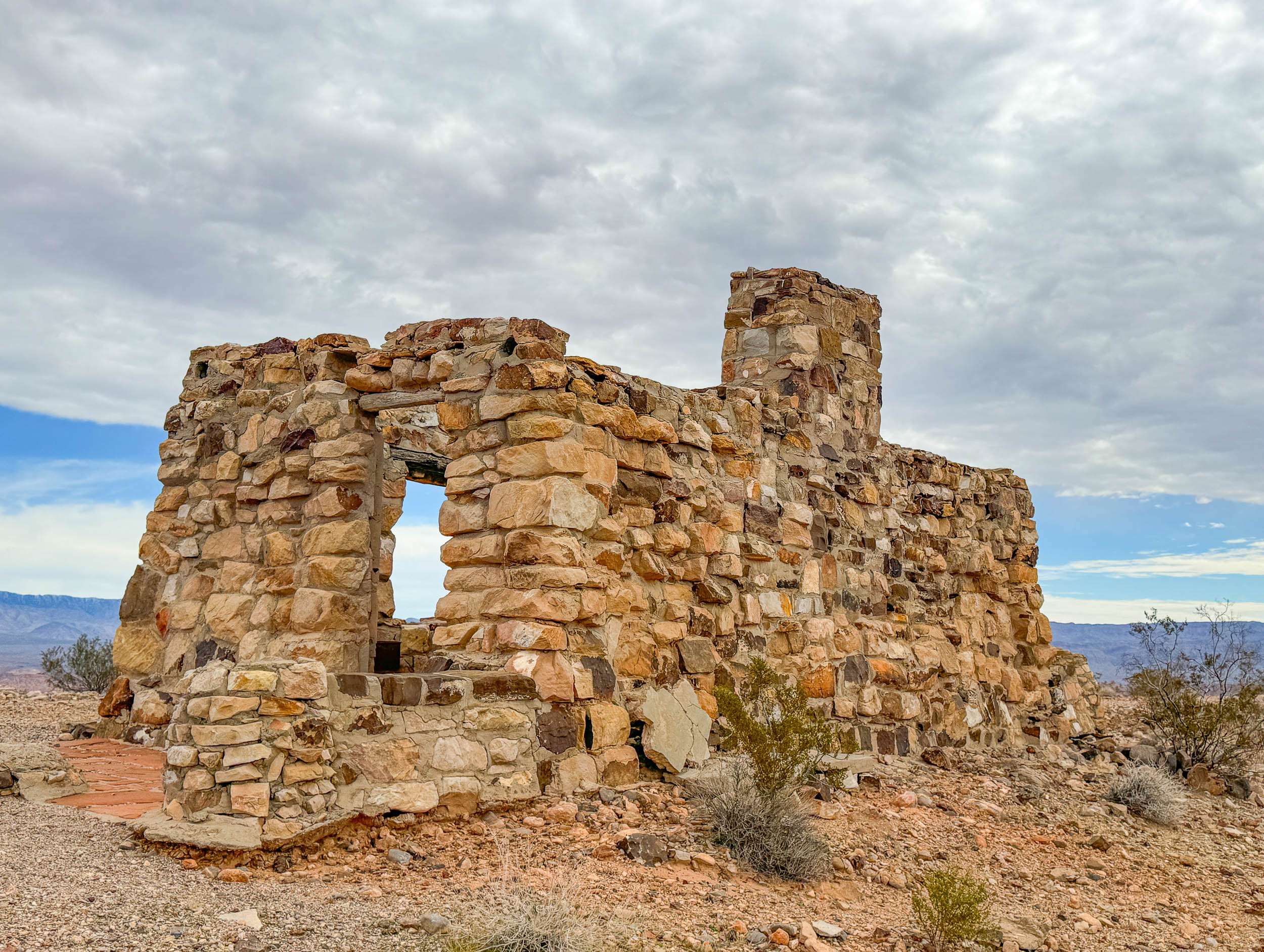
Spring Mountain Ranch

Spring Mountain Ranch was the first working ranch in the Las Vegas area. It has an 1860s blacksmith shop and a sandstone cabin.

Emigrants on the Spanish Trail used the spring as early as 1829. William Sherley Williams, a well-known trapper and explorer, founded the ranch in the 1860s. Williams didn’t live at the ranch, but a stone blacksmith shop and one-room house were constructed.
Mystery surrounds Spring Mountain Ranch. In the 1880s, James’s wife Annie disappeared, never to be heard from again. The family-owned the ranch until 1929, then sold it to several people from Hollywood. The most notable owner was Howard Hughes. 1973, Nevada State Parks acquired Spring Mountain Ranch to preserve its history and recreational activities.
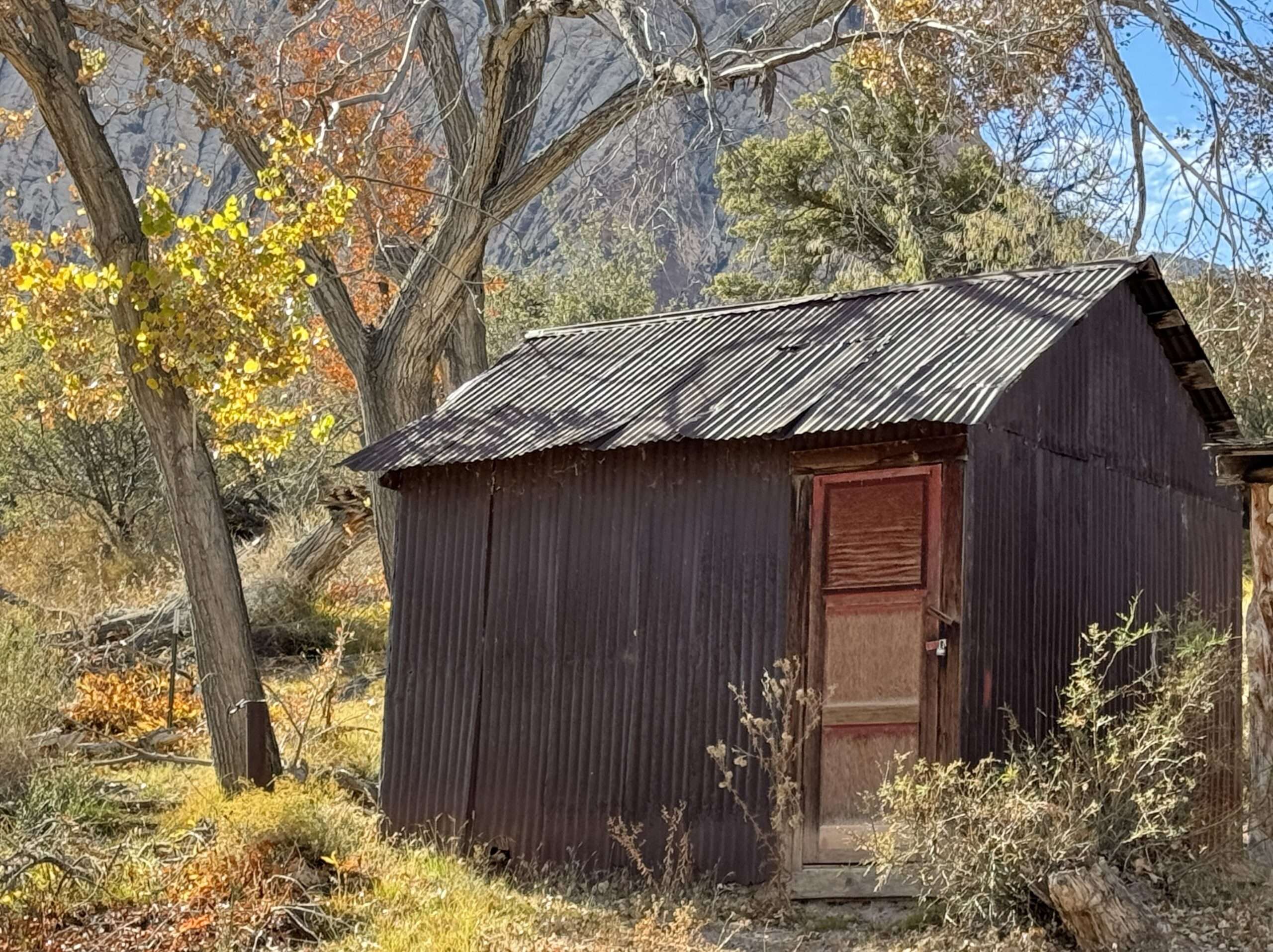
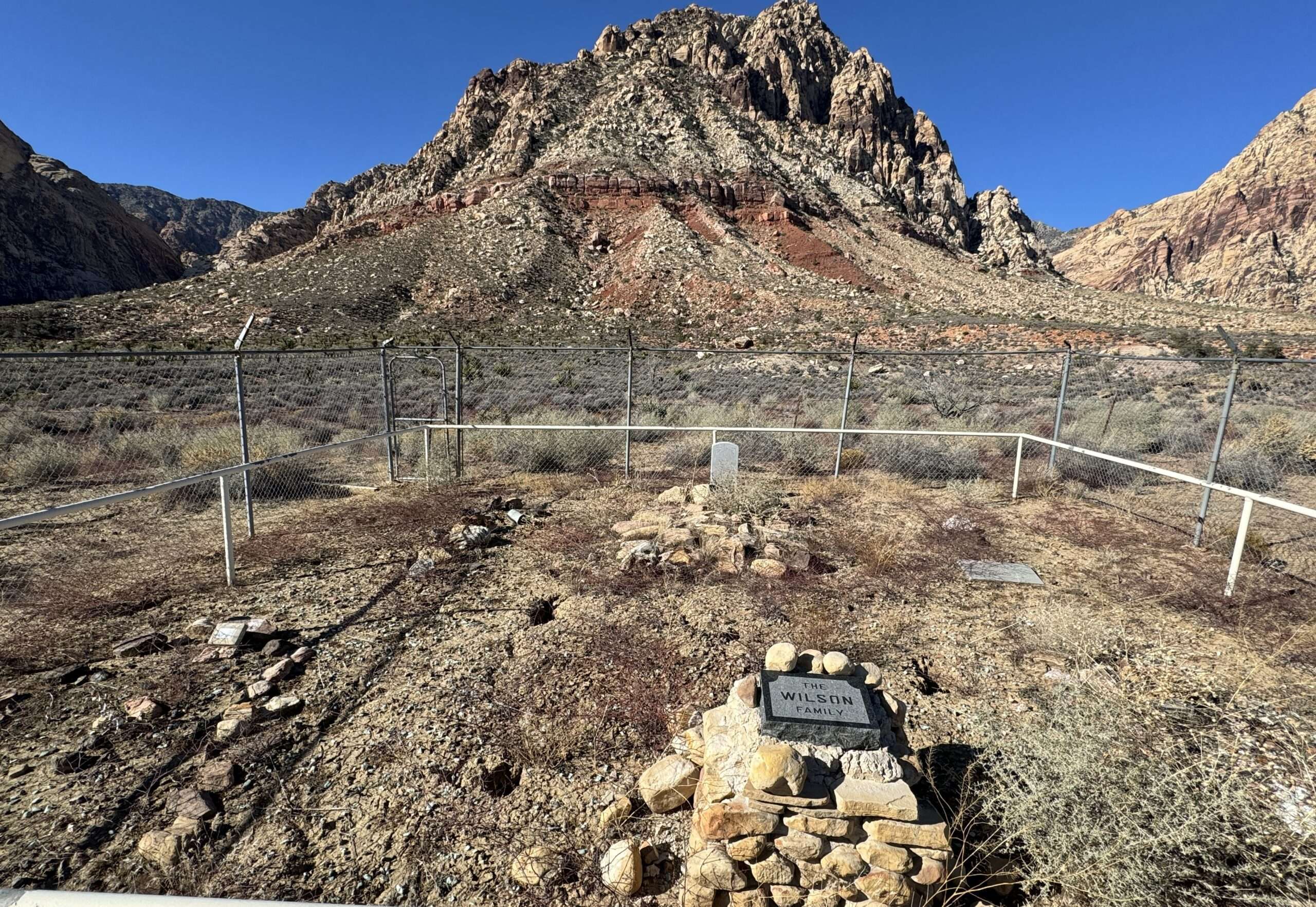
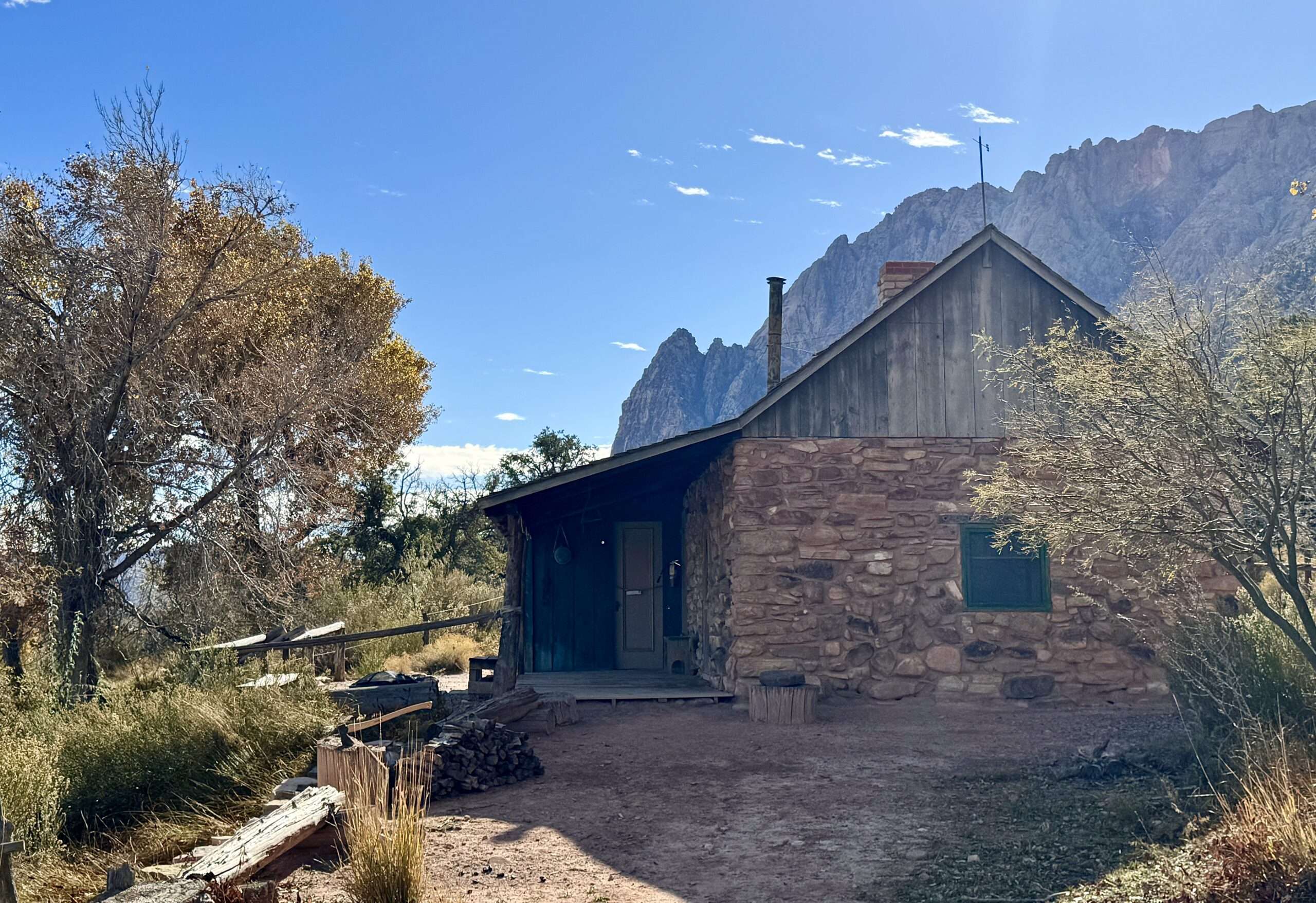
Bonus Stop: Red Rock

Hike nearby Red Rock National Conservation Area and search for petroglyphs, pictographs and an ancient agave roasting pit.
Tami’s Tip: The park has changed to a reservation system, so ensure you get your ticket early.

Rhyolite

In 1905, developers planned a town close to the biggest producing mines. They gave free lots to merchants and the town sprung to life overnight. The burgeoning town was first rag, then tent dwellings, followed by tent saloons and stores. By 1907, an astonishing 6,000 residents called Rhyolite home. The desert jewel had hotels, restaurants, saloons, three water companies, electric lights, an opera house, and public swimming pools.
As quickly as Rhyolite came to life, the bright star faded. By the decade’s end, many had moved to Los Angeles or Las Vegas. By 1910, only 700 souls remained, and residents abandoned the town ten years later.
Tami’s Tip: Sunset at Rhyolite is my favorite time to photograph this amazing ghost town.

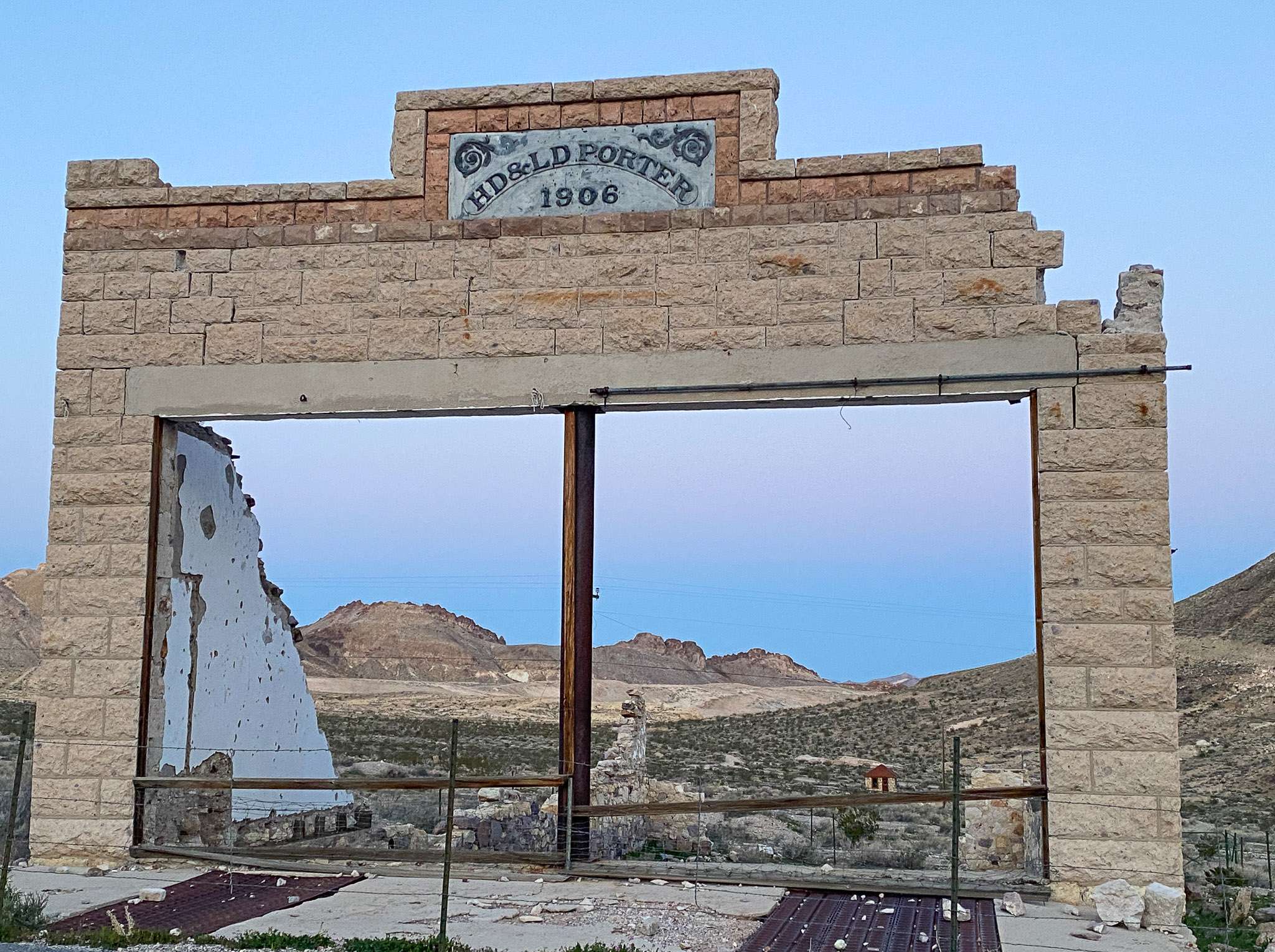

Bonus stop: Panamint Annie’s grave

Mary Elizabeth Madison, better known as Panamint Anne, is a legend in Death Valley. She was well respected as a prospector, mechanic and poker player. She could also spit farther than anyone, hold her own in a barroom brawl and had “language that would blister the ears of a drill sergeant.”
Bonus stop 2
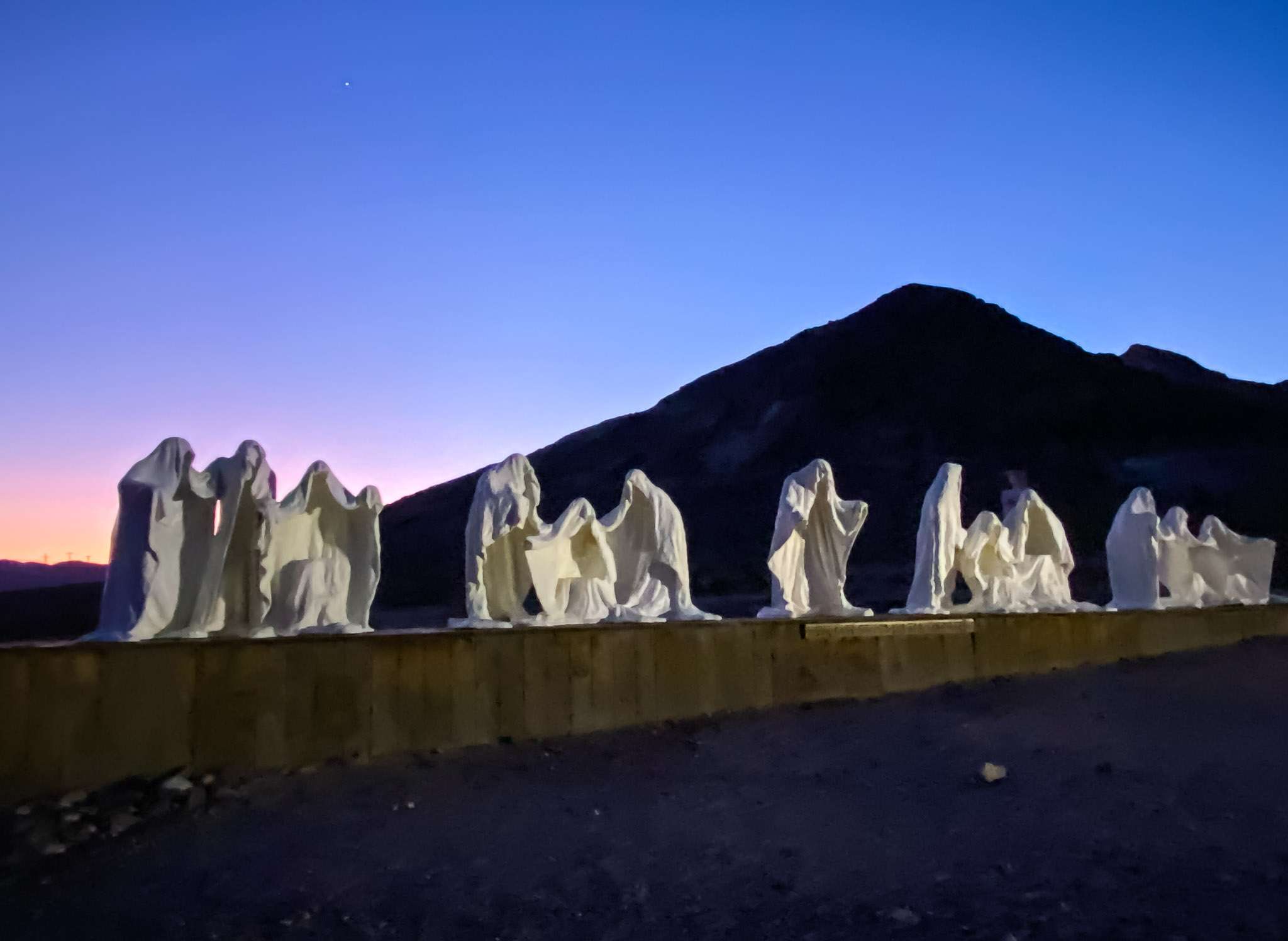
At the edge of Rhyolite is the Goldwell Open Air Museum. The museum is free but accepts donations. They have a small museum of historical photographs from Rhyolite. They are most famous for the “Last Supper” by Charles Albert Szukalski.
Bonus stop 2: Angel’s Ladies

Unusual finds dot Nevada’s roadsides: UFOs hanging from the back of a tow truck, gigantic memorials built from trash, and a downed airplane in front of Angel’s Ladies brothel. Upon first seeing the abandoned plane, one might think it a publicity stunt; little do they realize how big of a stunt it was. It turns out an inexperienced pilot, strong Nevada winds, and scantily-clad ladies of the evening don’t mix very well. Only in Nevada.
Gold Point
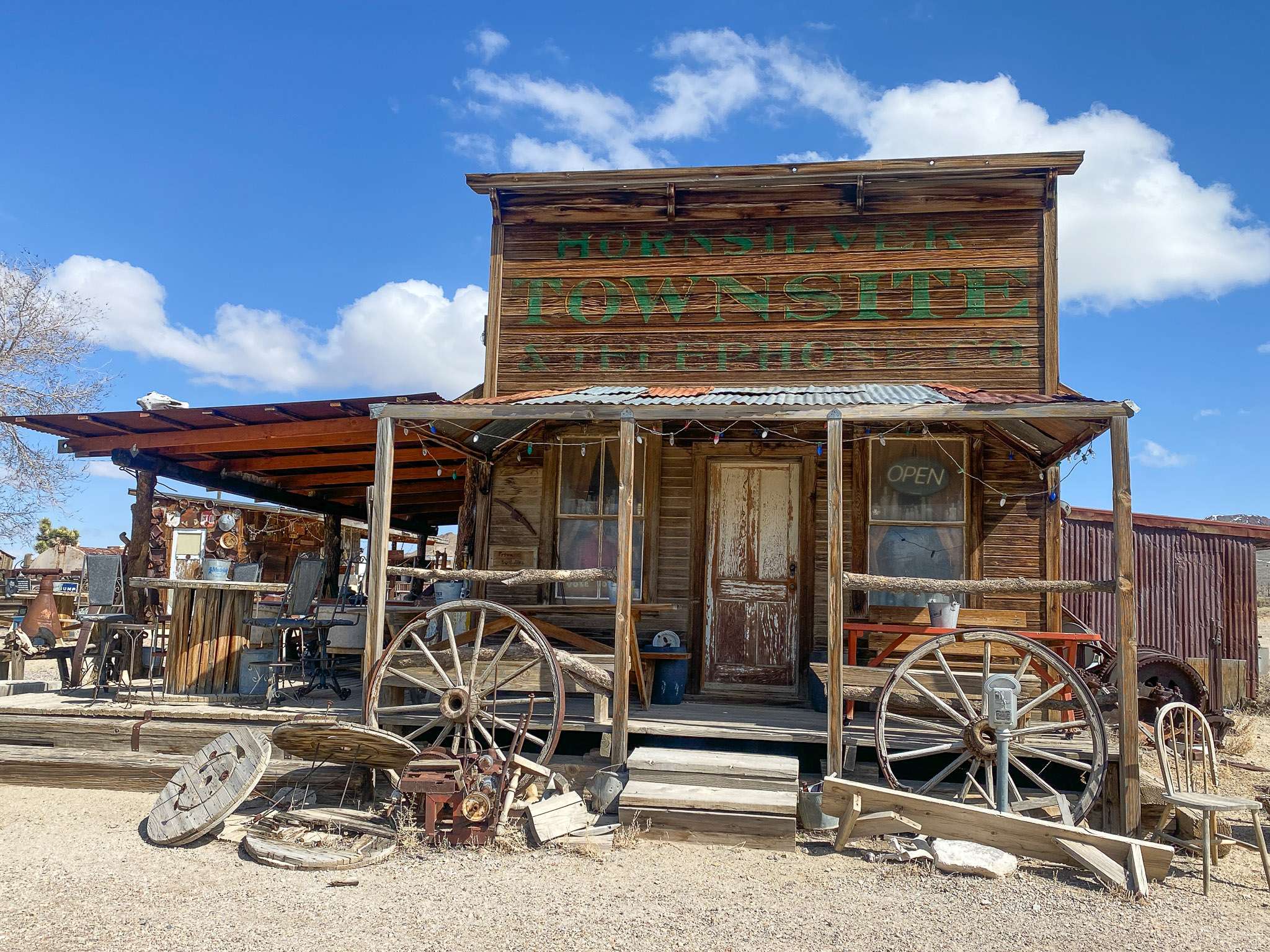
Gold Point started as a silver camp in the 1860s and was known as Silverhorn. With nearby booms at Goldfield in the early 1900s, the tent mining camp grew into a full-fledged town. Mining occurred sporadically over the next several decades. 1932, the name was changed to Gold Point, and mining changed from silver to gold.
Herb Robbins won the lottery and purchased many of Gold Points buildings. He restored the buildings with his partners and created a bed and breakfast with miner’s cabin rentals and a popular saloon.
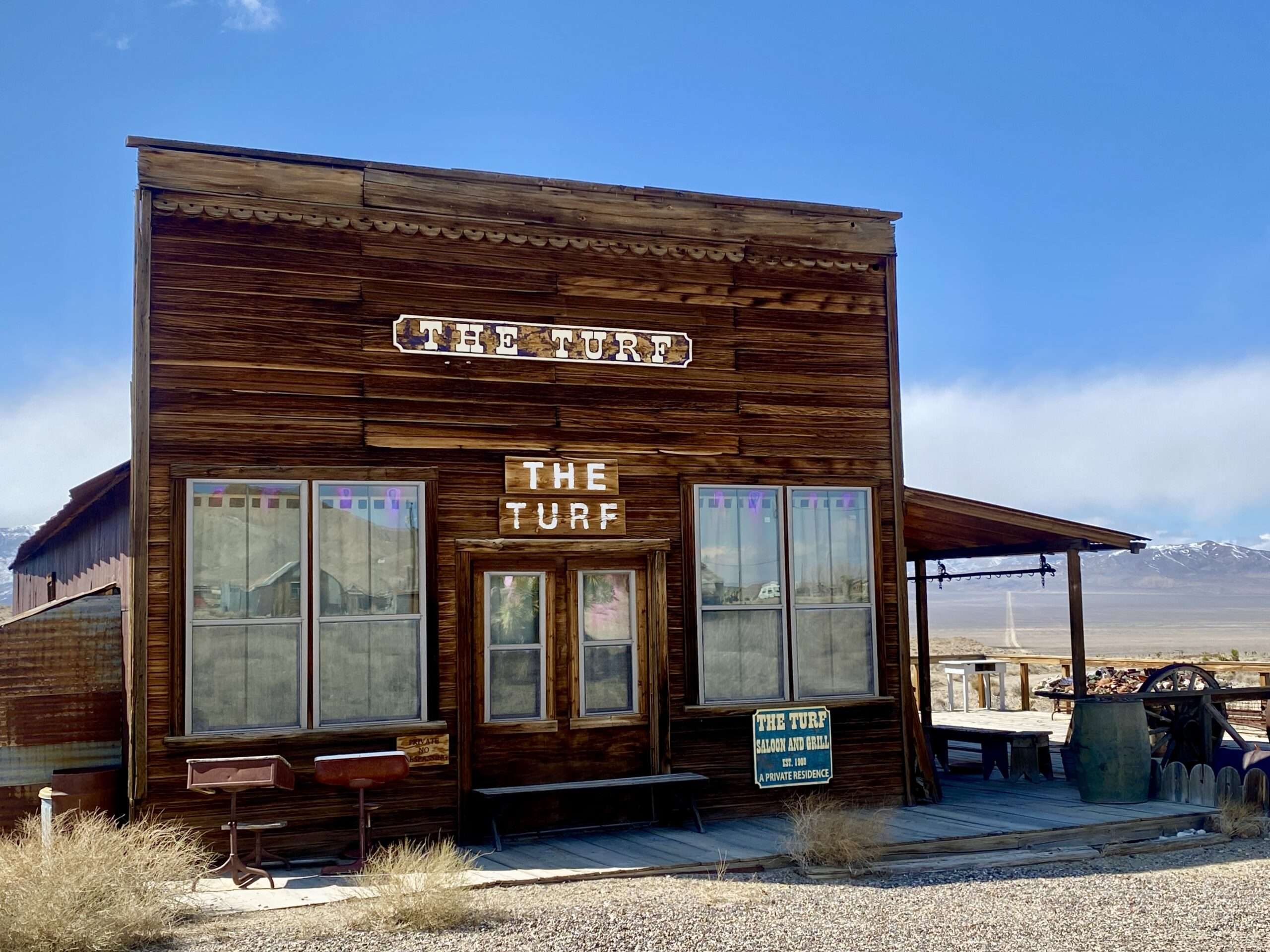
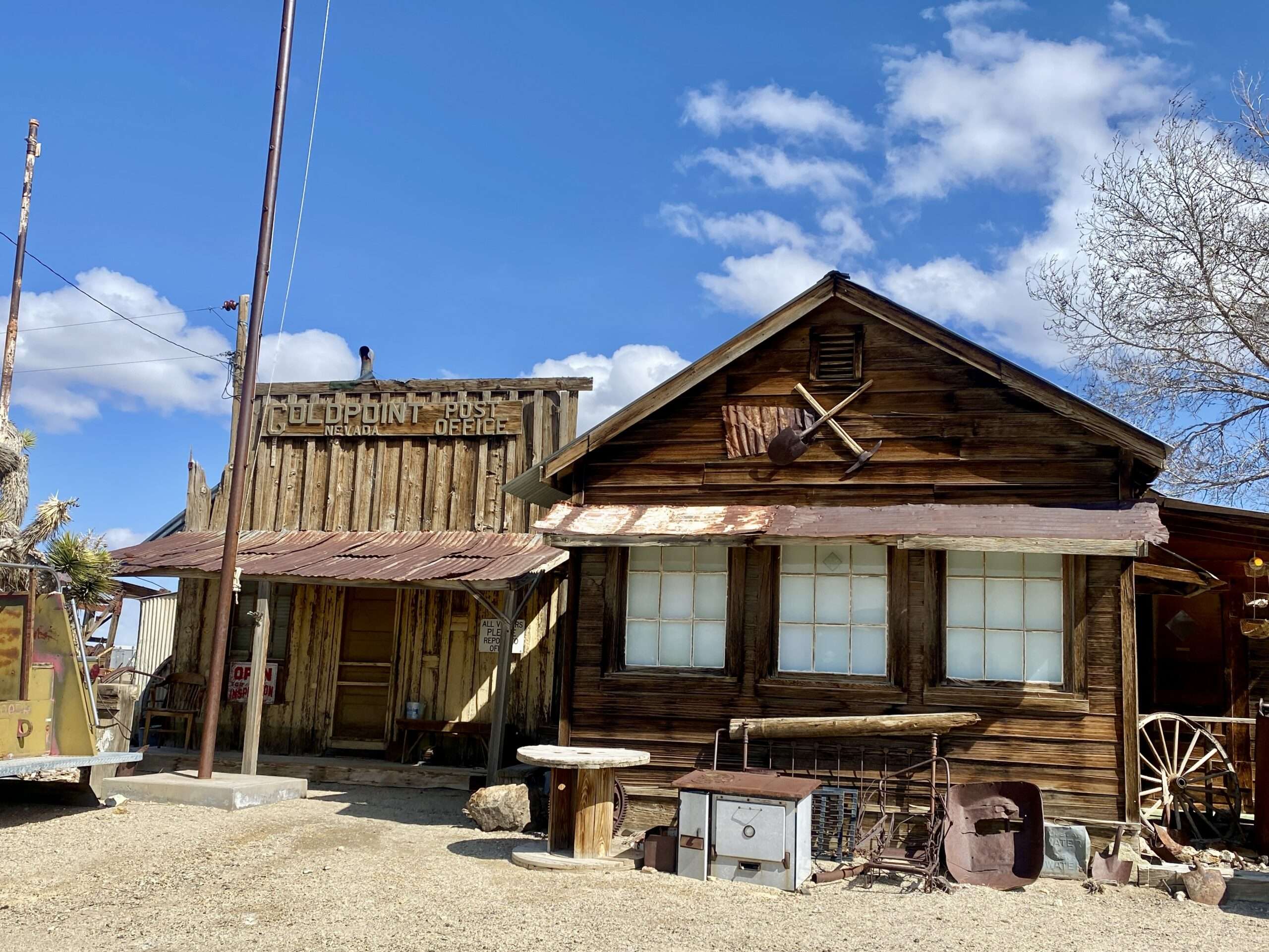
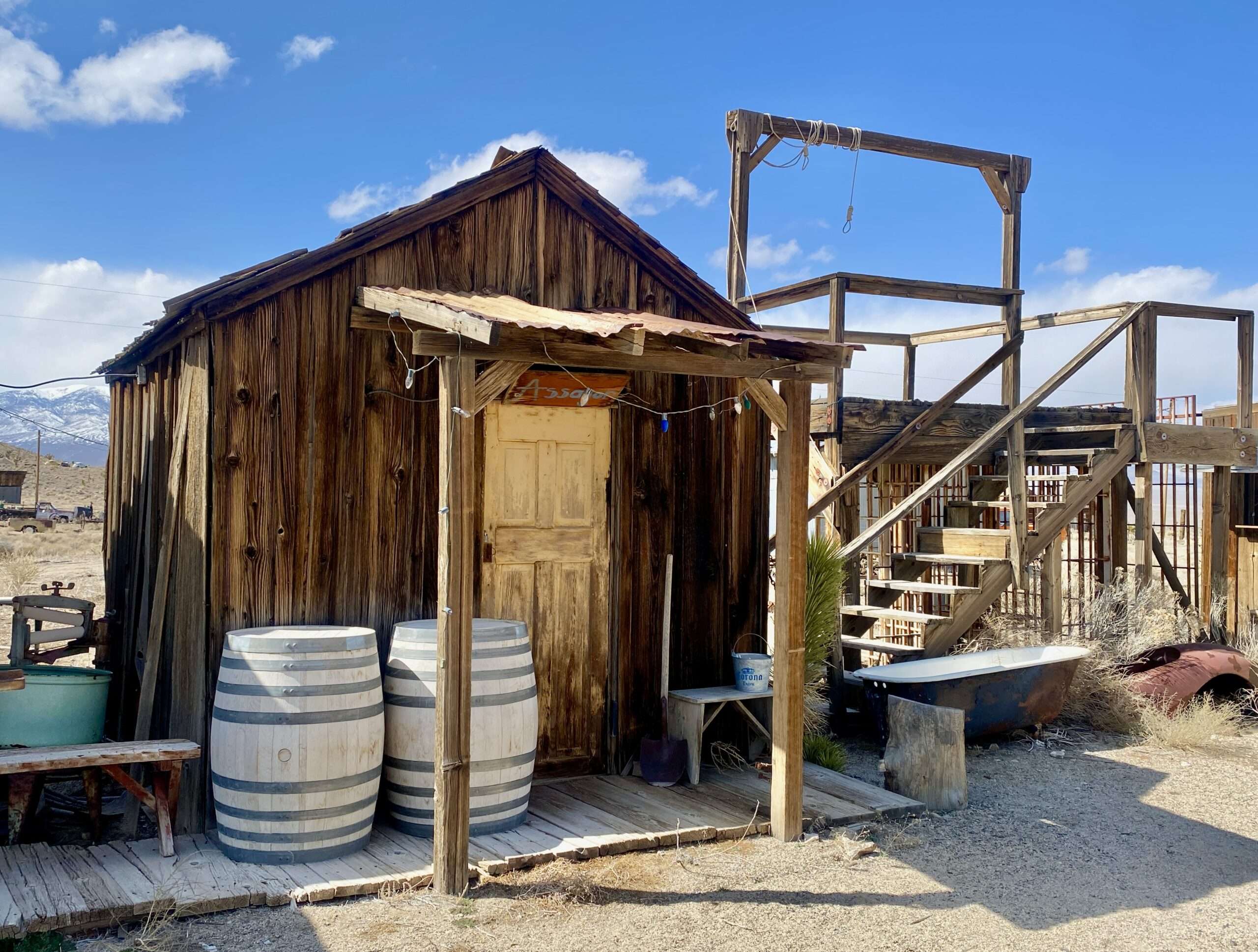
Bonus Stop: Palmetto
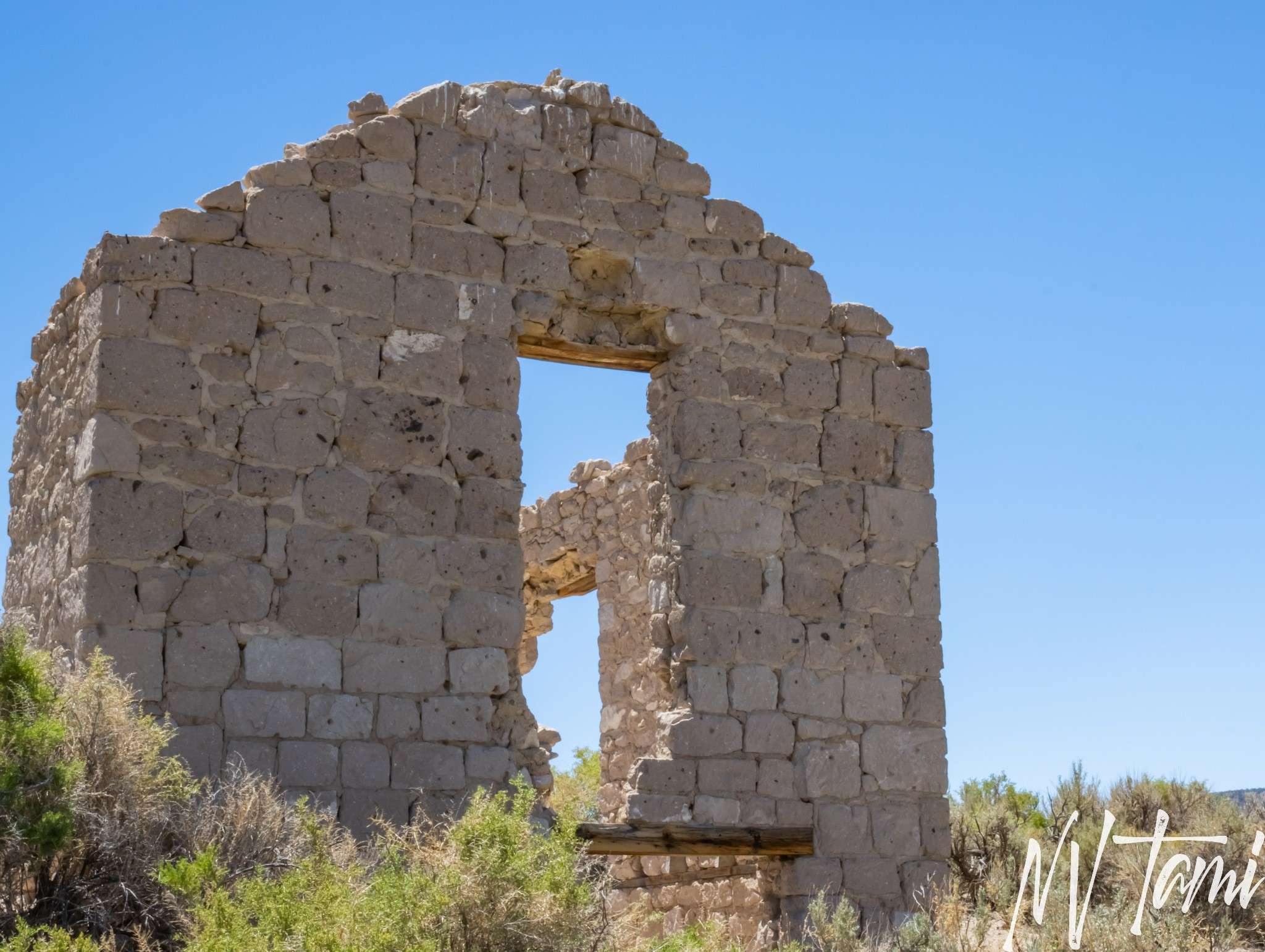
In 1866, prospectors T.W. McNutt, H.W. Bunyard and Thomas Israel discovered silver ore deposits at the south end of the Silver Peak Range, east of the Sylvania Mountains. They named their discovery Palmetto, in honor of their home state, South Carolina. A mining camp, Palmetto Wash, quickly developed and the name was shortened to Palmetto.
Bonus 2: Pigeon Springs

Due to its proximity to mines and, of equal importance, adequate water, which is required in the milling process, a 10-stamp mill was erected at Pigeon Springs in 1890. A small settlement grew a few miles from the noisy stamp mill and contained houses, a general store and a roadhouse. The new town applied for a post office on July 1, 1899, but its application was denied on December 12, 1899.
Goldfield
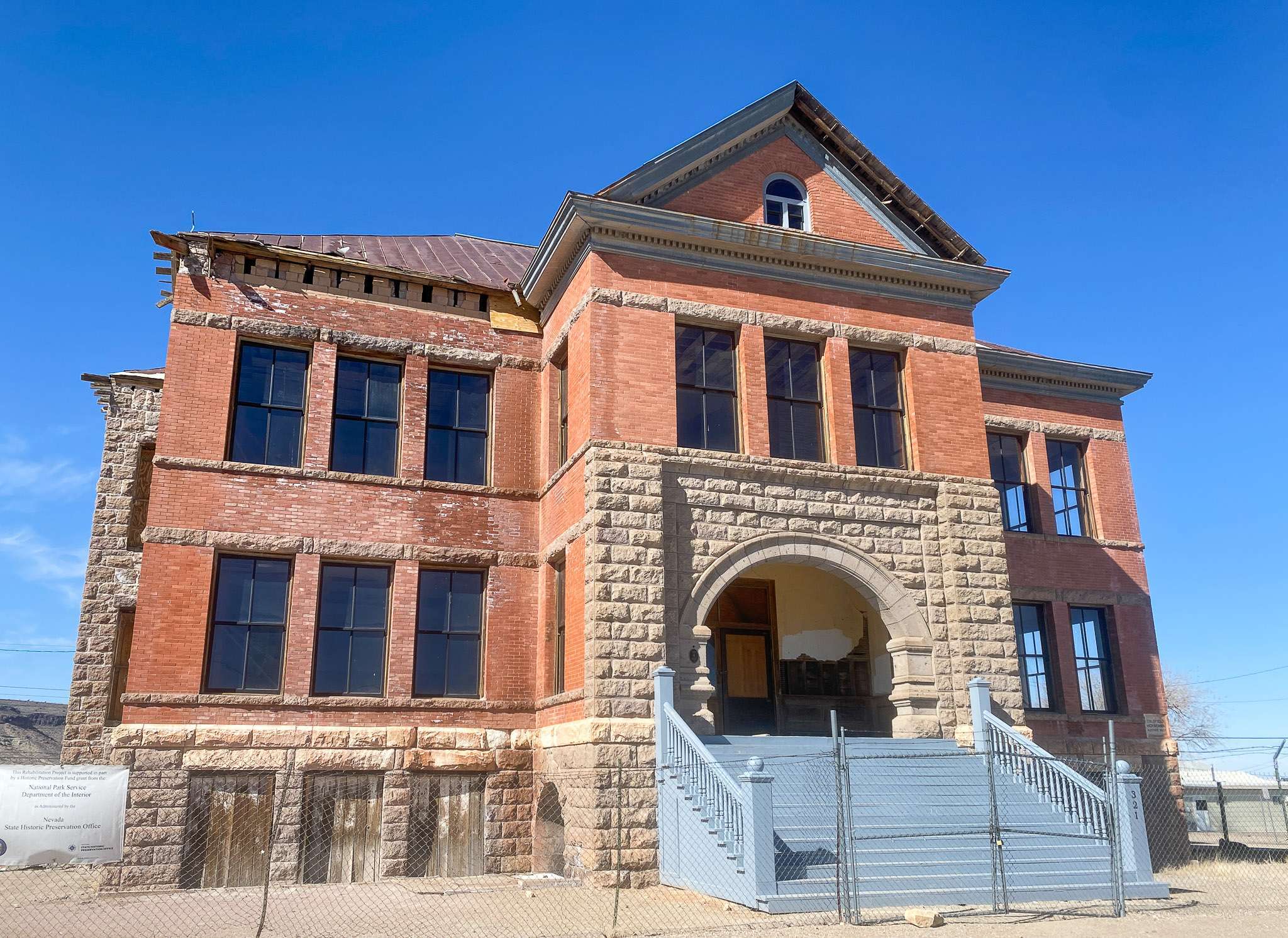
Goldfield is not a ghost town, as many call it. They forget that it is the county seat of Esmerelda. But because it has faded from history, it is considered a “living ghost town.”
Goldfield was once Nevada’s biggest and brightest spot. By 1904, the district produced 30% of the state’s mining production. Fortunes were made in Goldfield, including Senator Nixon and businessman George Wingfield. The town hired Virgil Erp as a deputy sheriff in 1905. In 1923, a moonshine still exploded, destroying much of the town.
Goldfield held on through the mining ups and downs. Once Nevada’s largest town with a population of 20,000, now only 212 call Goldfield home. Driving through town is like a living museum; there is history everywhere.
Tami’s Tip: Pick up a Goldfield Walking Tour booklet or access it online. The guide has an astonishing twelve pages and 191 sites! It includes the location and history. Most, if not all, structures have corresponding plaque numbers.

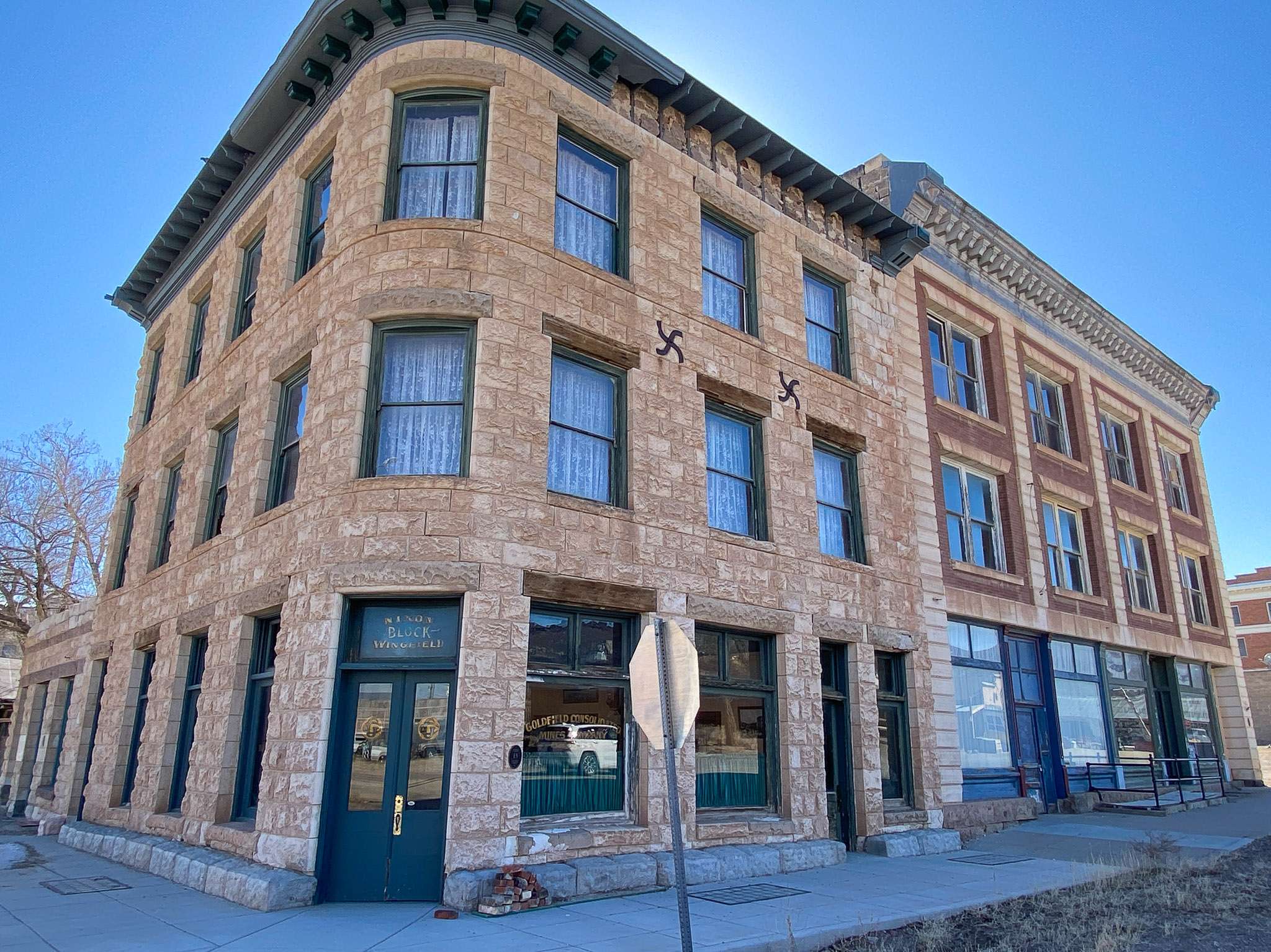



Grab a mouth-watering burger at the Dinky Diner, tune into KGFN, Radio Goldfield, “Voice of the Old West”, and see if you can catch my weekly show about ghost towns!

Bonus Stop: Nevada’s most famous grave
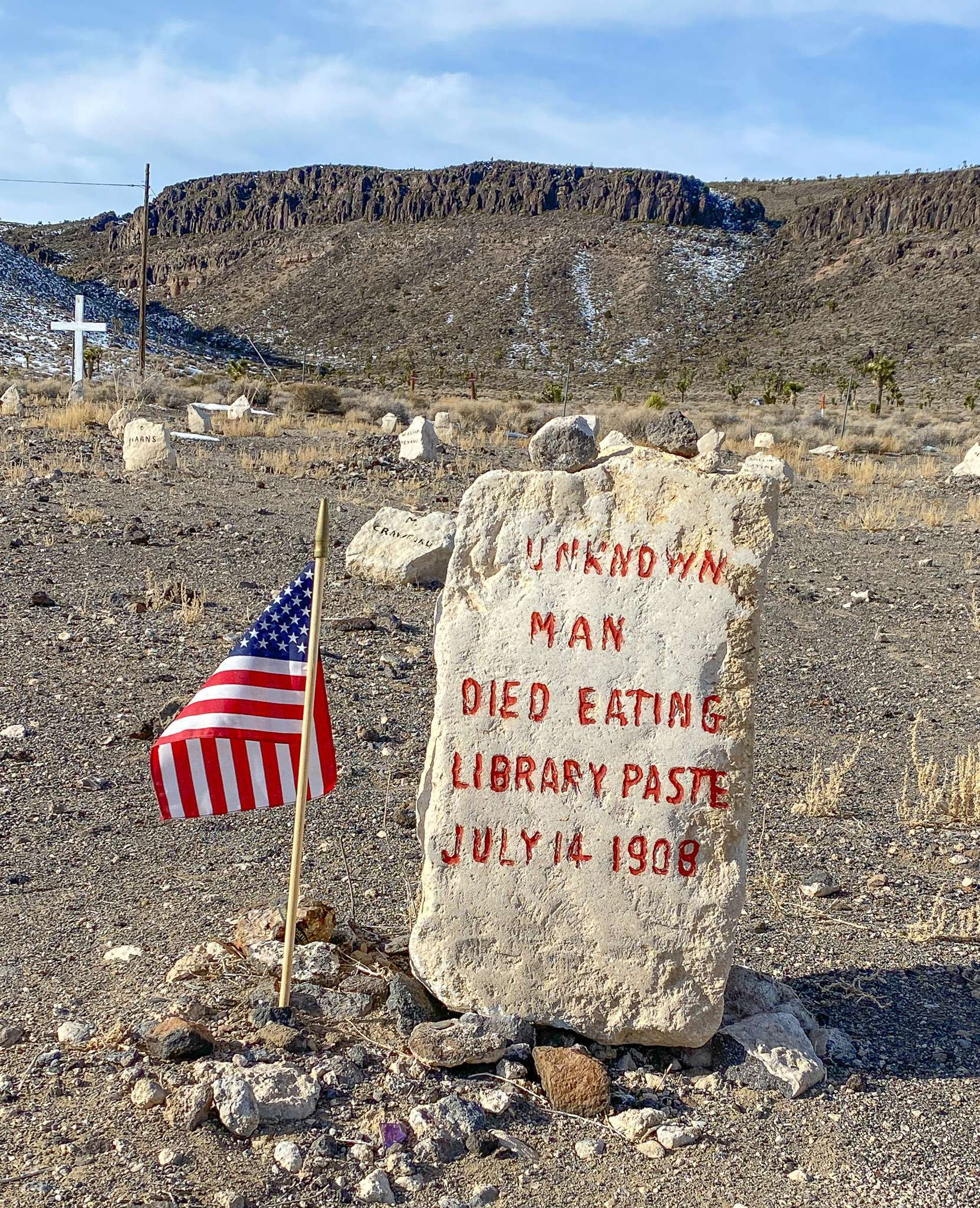
Nevada is full of unique and wild experiences with history, including visiting cemeteries for fun. Yes, going to graveyards for entertainment purposes. Unlike today’s simple grave markers, headstones from the mining camp days are often a story in themselves. Headstones range from tales of gunfights to heroic acts, tragic and poignant deaths, and the downright quirky. One of the most famous headstones in Nevada is, “Unknown man died eating library paste.” Wait what? Doesn’t everyone over the age of five know not to eat library paste? Who was the man, why was he a paste eater and who were the Goldfield’s “Official Ghouls”?
Tami’s Tip: Look for Unknnonwn Man Died Eating Library Paste in the pioneer section at the back of the cemetery.
Bonus stop 2: International Car Forest of the Last Church

On the south end of Goldfield is one of the stranger sites in Nevada, a “car forest.” International Car Forest of the Last Church is an open-air art gallery. Goldfield resident Mike Rippee set out to break the world’s record for a “car forest.” Chad Sort and Zak Sargent joined, and the three men were buried, stacked, and hung over forty vehicles. The vehicles act as a canvas for artists; their works constantly change.

Potosi
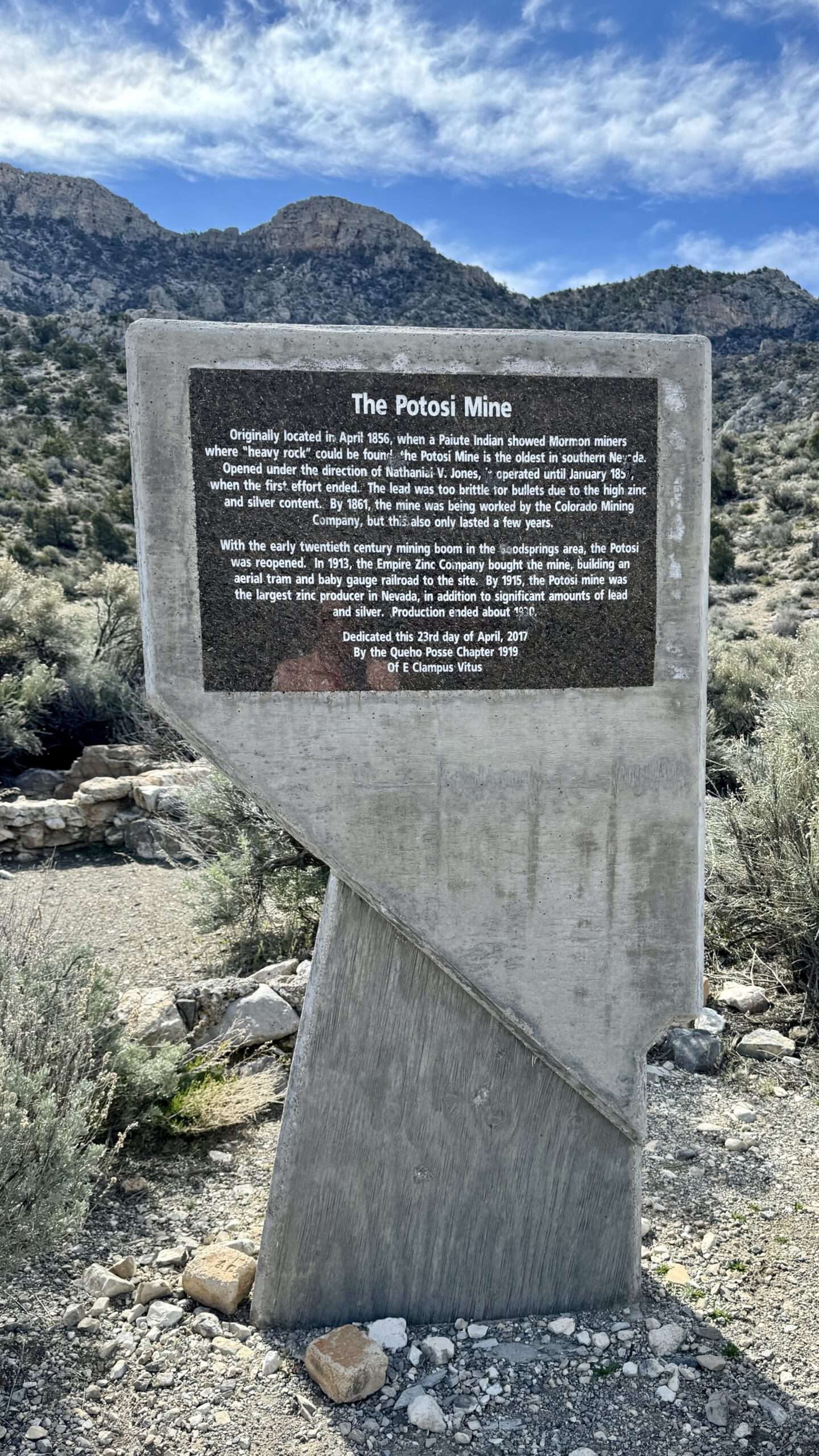
Potosi isn’t as flashy as the other ghost towns. However, it is included in the list because of its historical significance to Nevada mining. Originally named Crystal City, Potosi is the site of Nevada’s first big mining discovery. Discovered in 1847, Mormon miners worked the claim starting in 1856. Mining ended in 1863, and Potosi became a ghost town. Mining periodically occurred until 1928, but the town never returned.


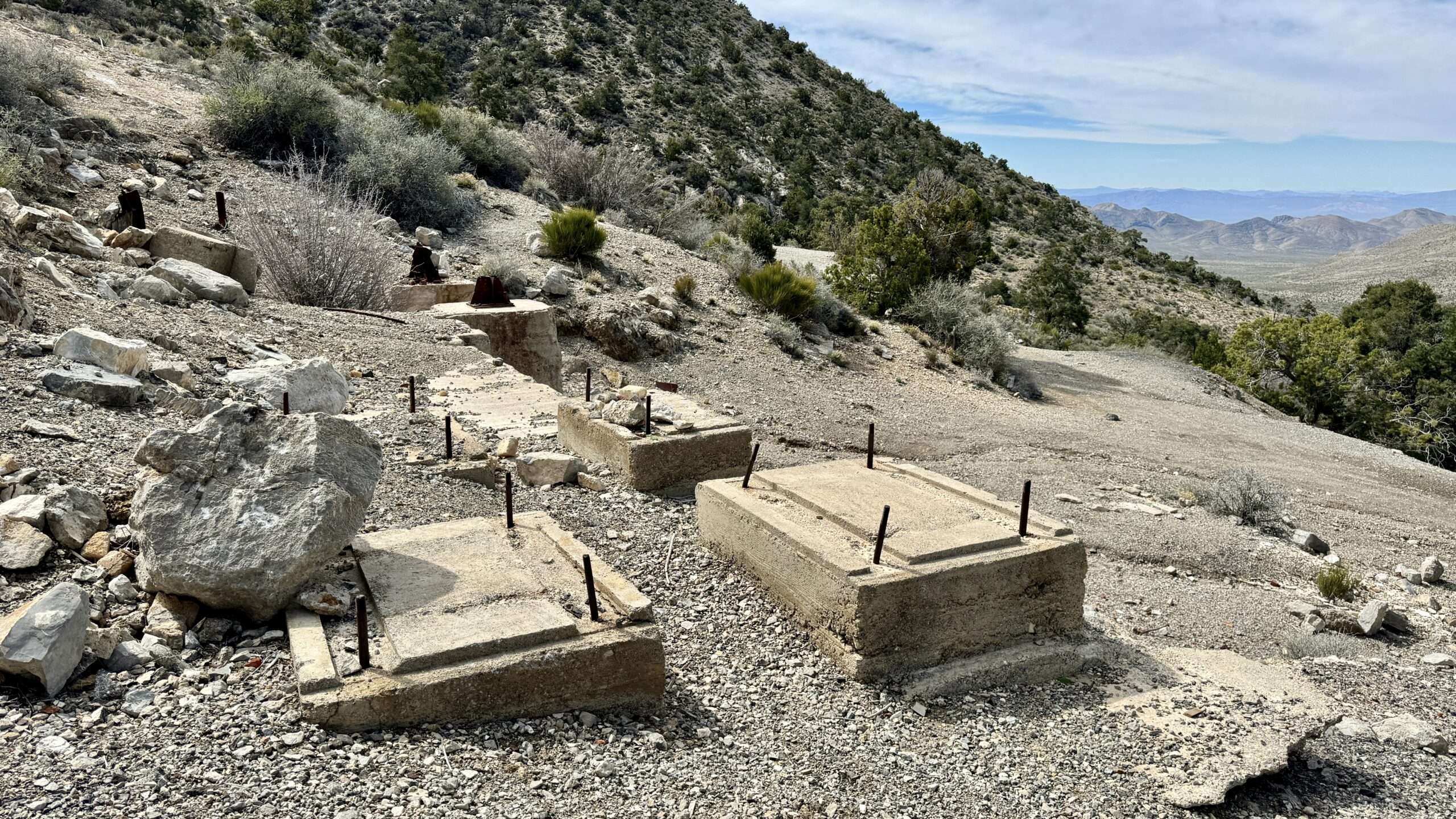
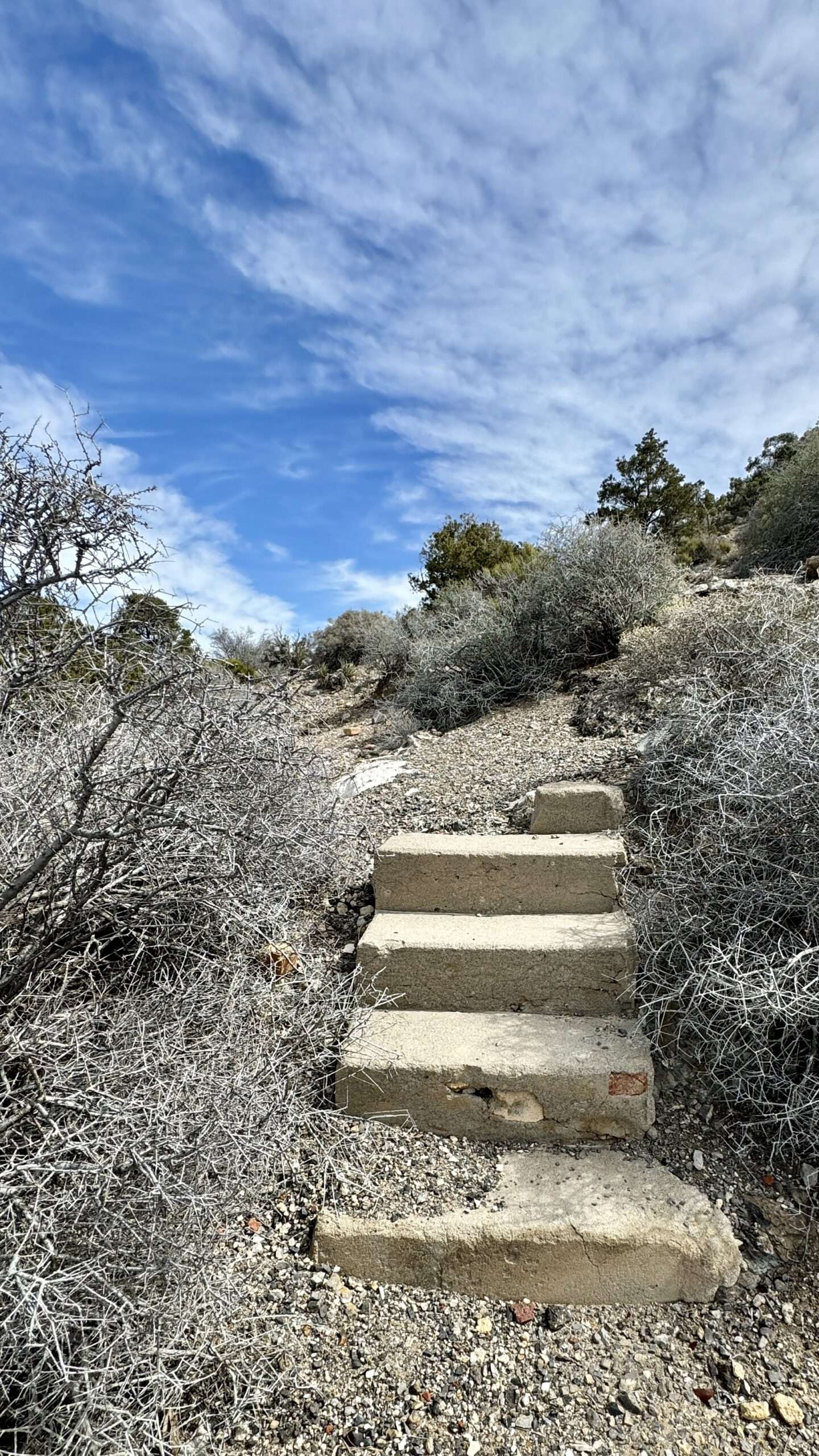
Bonus stop: Cathedral Canyon
Roland Wiley, a former Clark County district attorney and candidate for governor, created an open-air cathedral in a box canyon outside of Pahrump. It included a suspension bridge, lights, and niches for Cathedral Canyon, a non-denominational church that drew over 4,000 monthly attendees. It is also the final resting place of Quebo, Nevada’s Murderous Mummy.

Delamar

Captain Joseph De Lamar purchased claims in 1893. In 1895, Delamar’s production was over half the output from Nevada. A camp named Delamar started and had a post office by 1894. The town flourished to a population of 3,000 and had services including an opera house, churches, schools, businesses, a hospital and, of course, the requisite saloons.
Deamar was nicknamed “The Widowmaker.” Gold was embedded in quartzite, which, when crushed, became fine dust. Miners inhaled the dust, often resulting in silicosis, which caused inflammation and scarring of the lungs and death. Over 400 widows lived in Delamar, giving the town its tragic nickname.
A fire destroyed half of Delamar in 1900. The town was rebuilt partially and continued until 1914. There were revivals from 1929 and 1934.
Tami’s Tip: Delamar is isolated. In Nevada, always make sure to have supplies and backup communications, as cell service is often spotty or non-existent. Delamar requires a high-clearance vehicle.
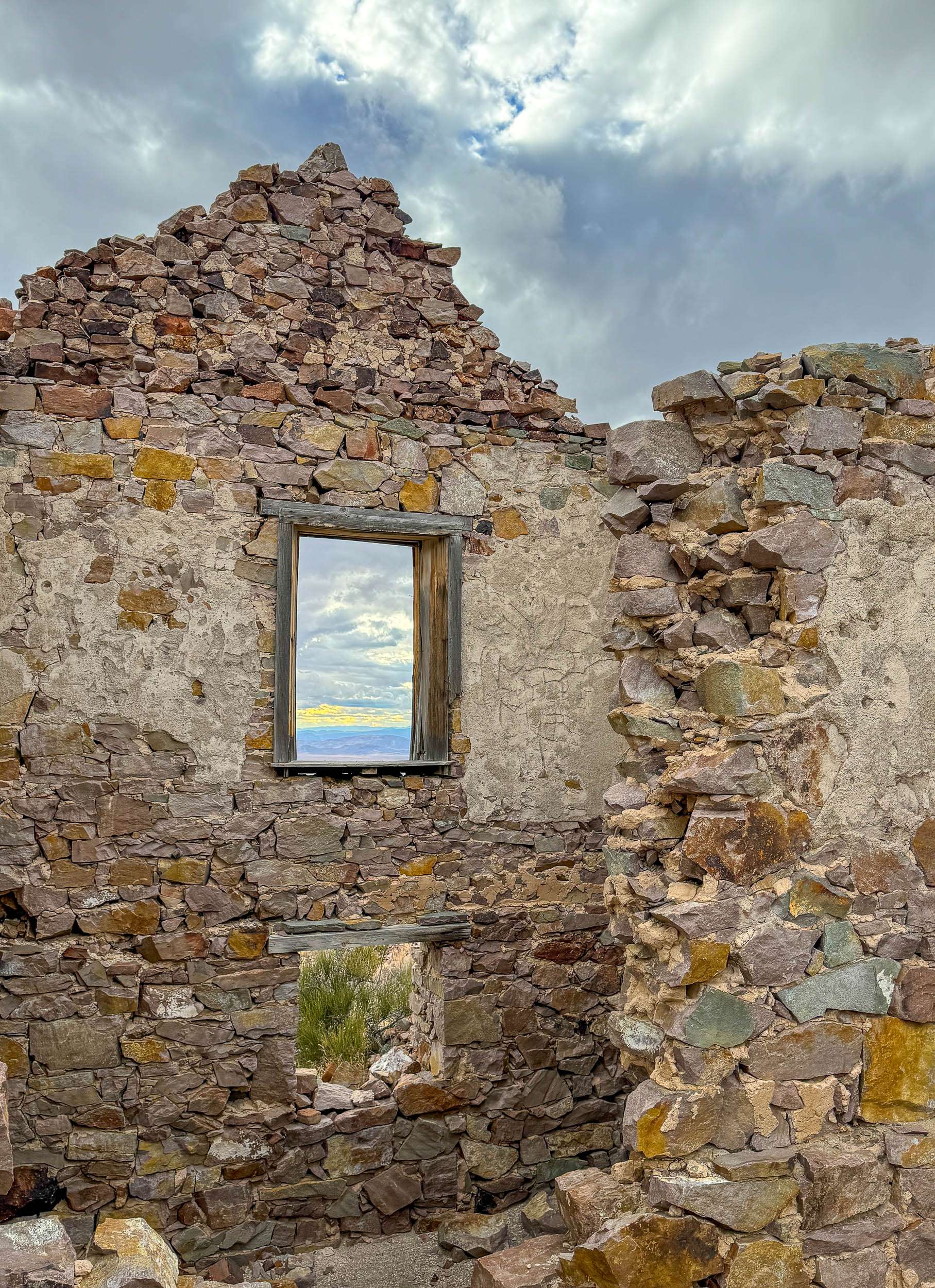
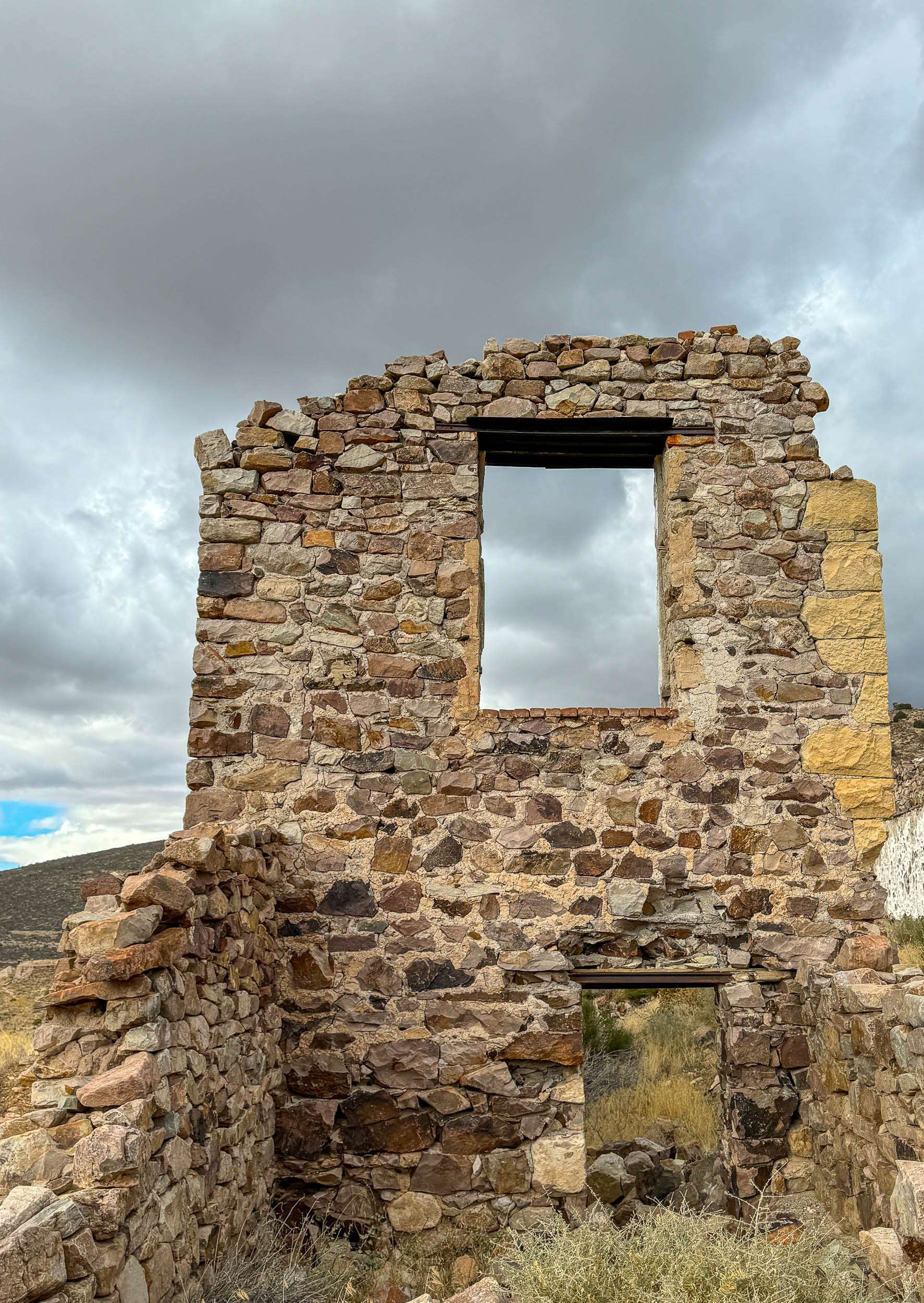
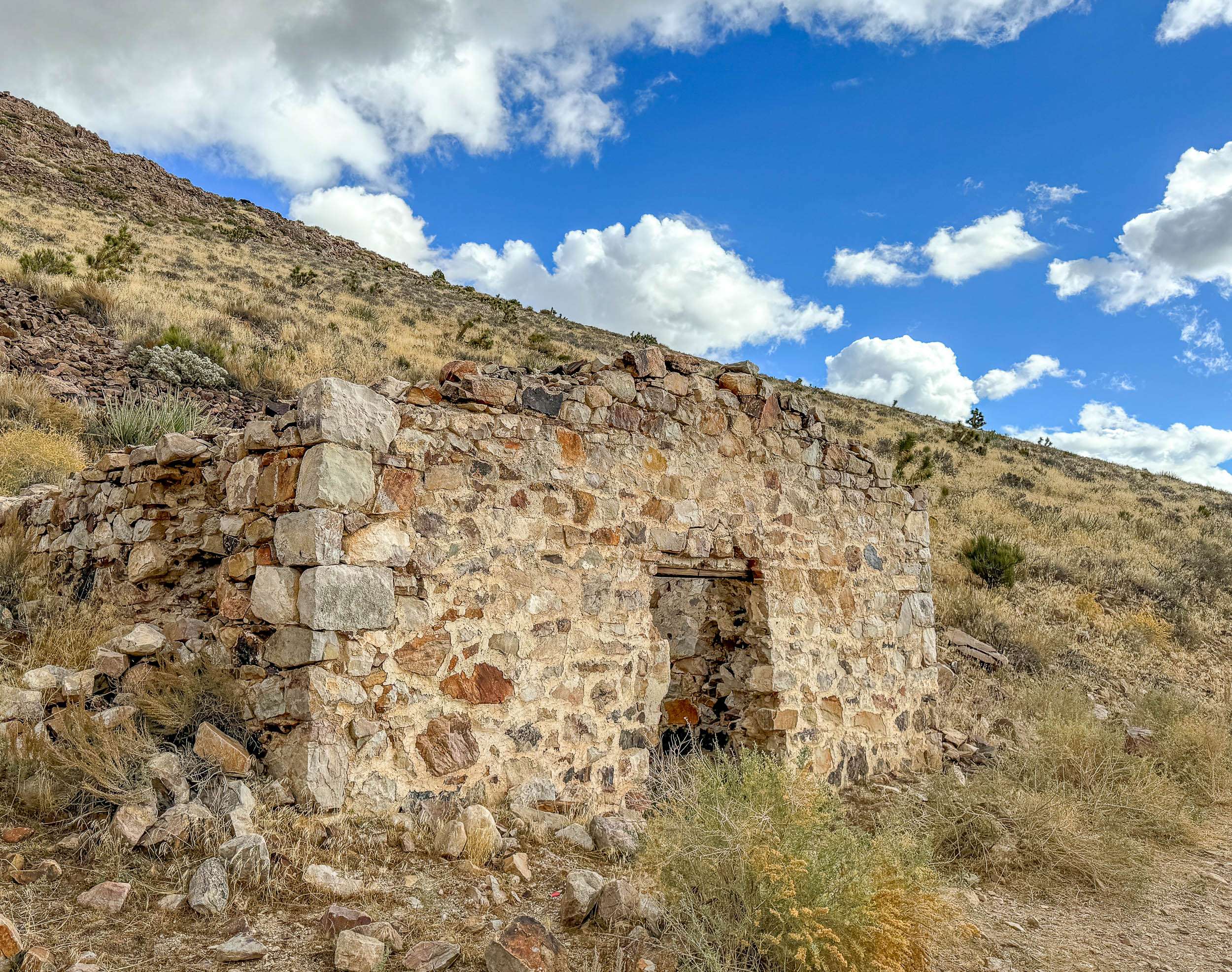
Bonus stop: Mt. Irish Petroglyphs
Mt. Irish petroglyphs are some of the best, if not the best, in Nevada. I usually don’t name petroglyph sites, but the BLM has a huge sign, book, and interpretive trails, and the county has directions to Mt. Irish. The petroglyphs cover over 600 acres and date to A.D. 1-1500.

St. Thomas
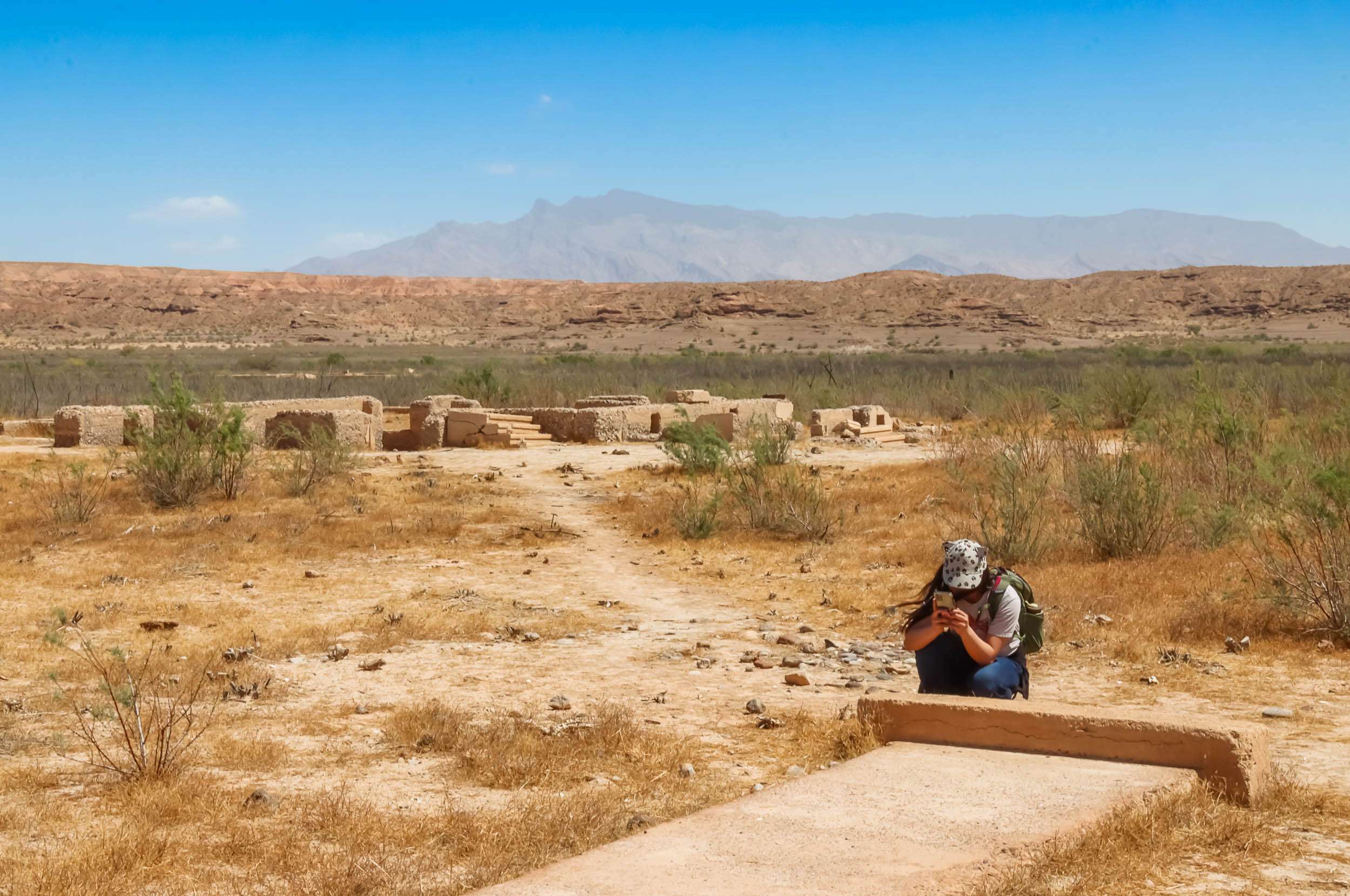
St. Thomas is one of the better-known ghost towns in Nevada. With Lake Mead’s creation, rising waters submerged one of Nevada’s oldest established towns under sixty feet of water. Sixty-four years later, lower lake levels have made St. Thomas accessible to visitors.
At its height, St. Thomas claimed five hundred residents. The town included everything the community needed: school, church, grocery stores, and in later years, a mechanic’s garage and an ice cream parlor. Hugh Lord, who owned a garage, was the final resident to depart St. Thomas. He spent his final night in his home, placed his remaining possessions in the boat, got in and set his house on fire, then rowed away.
Tami’s Tip: St. Thomas gets hot in the dry lakebed without shade. Bring water, sun protection and a hat.
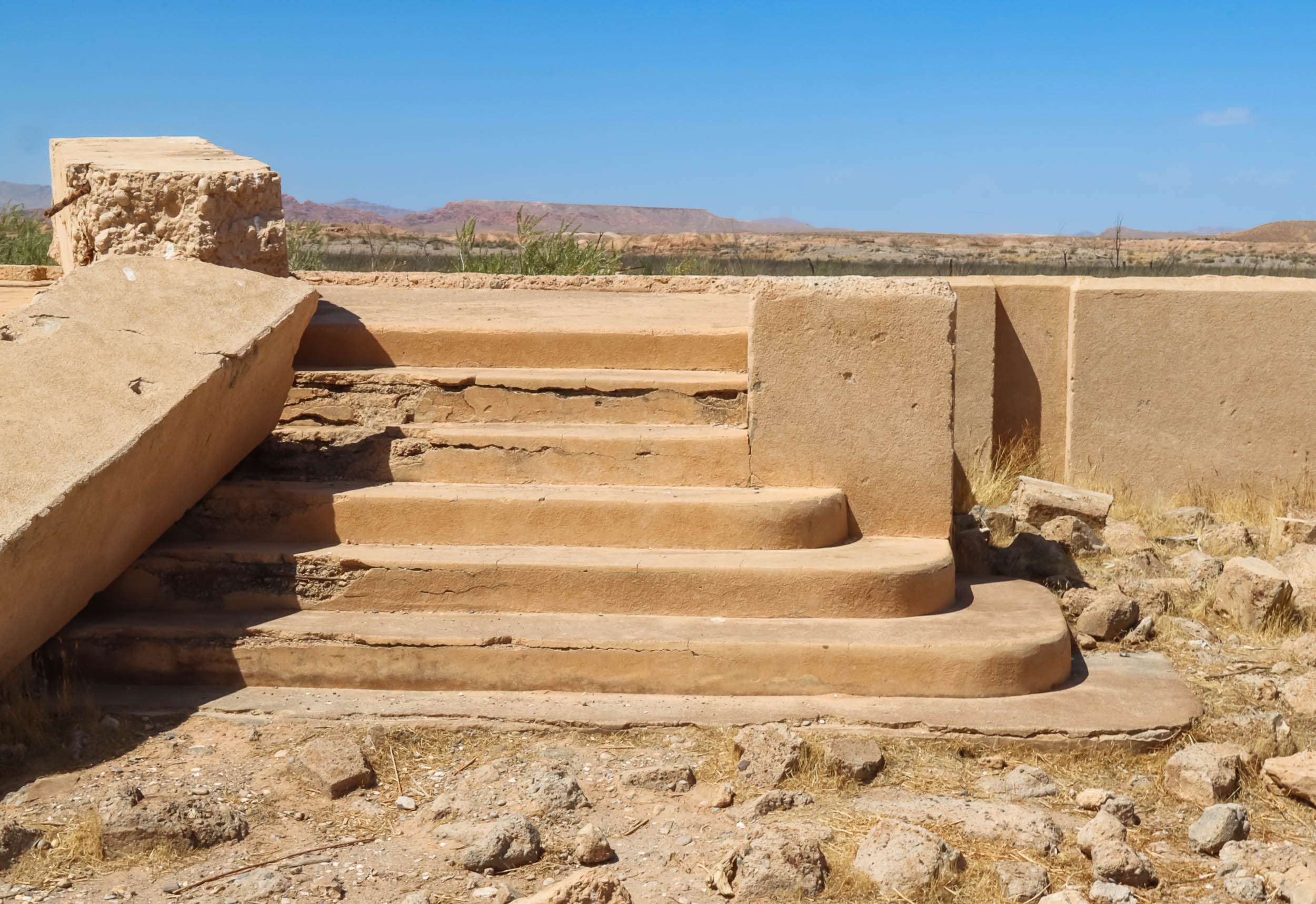

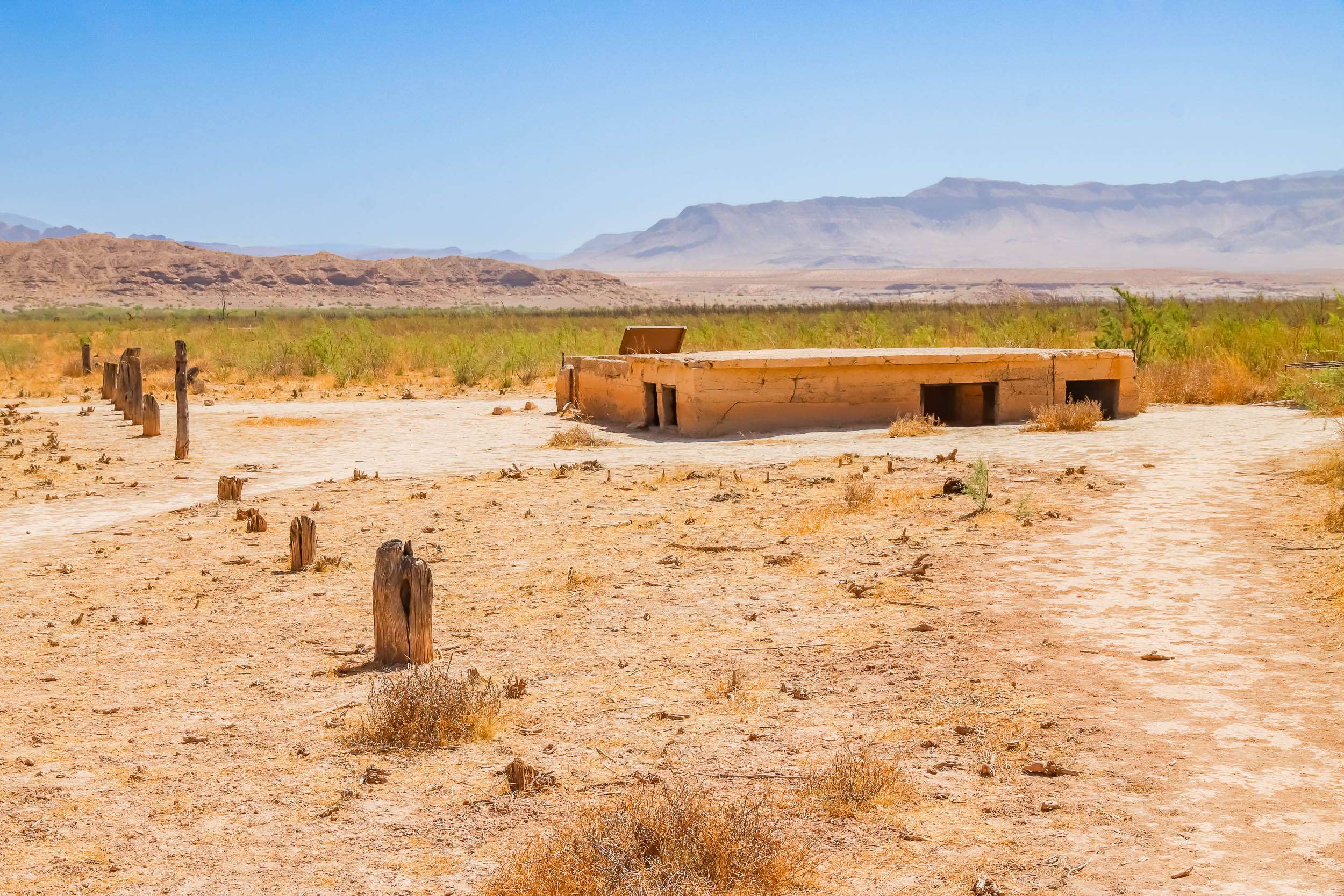
Bonus Stop: Lost City Museum

In 300 A.D., natives settled the Moapa Valley and the confluence of the Virgin and Muddy Rivers. Several cultures built a Puebloan city across the river from the ghost town of St. Thomas. Lake Mead’s rising waters submerged what is now known as Lost City. Archeologists and the Civilian Conservation Corps excavated what they could and created the Lost City Museum to house relics.
Tami’s Tip: The museum has a nice little store with local artwork and locally grown pomegranate jelly.

I know this was really a top 10 list, but I couldn’t decide which of these amazing towns to leave off, so it is really a top 11!
Want more ghost towns?
For information on more than 500 ghost towns in Nevada and more in California and Arizona, visit Nevada Ghost Towns.

Madeline says
You did a lot in 2 1/2 days! I’d need another massage.
Always enjoy reading these.
I have driven by many of the things you write about but never stop, shame on me.
Tami says
I wish we could have another massage!
There is no shame in not stopping, life gets in the way. After moving to Nevada the one place I didn’t visit for almost 20 years was Dayton State Park. I drove past all the time but was always going somewhere else. Maybe now you can make a few stops. I’m working on an article about sites along 395 and 95.
Gary Scher says
Ms. Tami — Good evening from Virginia. I love your site and passion for these towns and truly wish I was closer to take advantage of your exploration efforts in Nevada, so I passed along your website to an Army friend who has retired in Henderson. We were formerly assigned together at Fort Huachuca, AZ, where the ghost town / old silver mine ‘bug’ bit me deep. Even drove along the Superstition Mountains but heeded very sound advice not to venture into them too far without support.
If you ever expanded your travels into Arizona, I’d start in the SE corner with Bisbee, Tombstone and the surrounding Cochise County as my base point. I still love that area.
~~~~~~~~~~~~~~~
Might I be so bold as to offer a modest correct to your caption concerning photo # 15 concerning the Saint Valentine’s Day massacre?
Text is appended —
The display includes the brick wall. The bricks were numbered and moved several times and once served as a bar bathroom wall. Adjacent to the display are cartridges removed from the victims during autopsy.
Recommended change — The term cartridges should read — bullets… removed from the victims during autopsy. The term cartridge refers to the entire round prior to be fired — bullet, primer, powder, brass casing, etc. Hopefully this suggestion might head off one of the shooting purists out there from taking umbrage with you. My Comcast email address might also display the term Mstrdiver, a modest nom de plume I’ve assumed from my Army service.
Thanks again for sharing your passion with others and I’ll check back in from time to time just to see where you’ve roamed lately.
VR, Gary Scher, Stafford, VA — Say safe and healthy
Tami says
Thank you for the correction. I am still learning firearms terminology. Please don’t tattle on me to Clint Smith. 😉
I usually get in trouble with Hubby for saying bullet when it is a cartridge. I get the evil eye and correct myself. I have to think about which to use. It is easier hearing it from others than from Hubby. Give me a few and I’ll update the article.
I am exploring more of southern Nevada and into Utah and into Northern Arizona.
Lori Wilson says
Great photos! Happy Birthday!!!
Tami says
Thank you!
Myrle Frank says
A GREAT RECAP Tami. Thank you for all your hard work, historical info & photos. Since living in Mesquite the past 10 years, I’ve seen several of these sites. Plan on visiting the rest the next several years. Happy Travels!
Tami says
Thanks and glad you enjoyed the list! I have a lot more on the site, and am trying to catch up on the smaller locations. With my son living in Mesquite, I have been trying to knock out that area before he moves. Such a fun town.
Jeanne Howerton says
What a wonderful compilation of Southern Nevada ghost towns. I thoroughly enjoyed it. Terrific pictures.
[A heads up—it’s Joseph DeLamar, not John. Don’t know how that mistake got going.]
Tami says
Thanks, Jeanne! Since this was a quick list of trips, I haven’t dove into the history. Obviously, the wrong name got spread, I’m correcting mine. I started a more in-depth article, but I really want your book!